Australia, Part 4
Burleigh Heads/Jellurgal; Nippers and George Doniger; Birdwing Forest School; Dick Van Straalen; Growing Roots; and Really, It Is Time to Leave.
Australia did not want to let me go.
Our family left the Sunshine Coast and travelled south of Brisbane to the Gold Coast. We quietly moved to Burleigh Heads, also known by its Aboriginal name Jellurgal, the ancestral home of the Kombumerri clan. We rented a beautiful old cottage nestled above Tallebudgera Creek, and the tentacles of my once-long-ago country wrapped itself around my family, and we did what we do best: We embraced it.
We pushed back our departure date. Then we pushed it back again. We waffled over purchasing plane tickets for the next leg of our travels. We made plans to see everyone one last time, then one last time again. We visited a museum1 in the hills that I knew could easily become our family’s weekend tradition. We found our favorite eatery and coffee shop. It was February, and we made Valentine’s Day flip books2 for the cousins.
At our local library I ran into a friend from high school. I was walking down the aisle when a familiar face asked, “Are you Dorka? Did you graduate from Marsden State High School?” We are both moms now, and we talked about having kids and reminisced about the short film I made in high school in which she was an extra. I was in an awful hurry to leave my teenage years behind and I was surprised how much that meeting meant to me.
We joined a swim team3 at a gorgeous pool, and Ida started attending a nature school program at the Birdwing Forest School4. We met Narell, the director of the school in Guanaba, in the Hinterlands of New South Wales, and she invited us to take a walk in the forest with her. I was a bit nervous about it because it felt like an interview. I wanted very badly to impress her with my nature-loving child and to get Ida a spot in the already underway, very full camp. But I didn’t need to worry. Ida chatted with Narell with confidence about animals I’d never heard of and spotted a rare blue snake. That got both of them very excited. I loved seeing my nine-year-old thrive in that environment. The time she spent with Birdwing Forest School was important, and I felt this from the moment I met Narell. The feeling was reinforced when I spent half a day with the kids during their adventures. Narell drew me aside before the day started and asked me to refrain from telling Ida or the other kids to “be careful.”
“We are teaching the kids here to listen to their bodies and take the necessary risks to become good decision-makers,” she told me.
I watched as they jumped into creeks, navigated obstacles, and learnt about the plants and animals they observed. I didn’t once warn any child to be safe. I admit I did have the urge to. I am still working on this—this complicated job of raising human beings who can grow roots safely and confidently in any patch of land.
Both kids signed up with North Kirra Nippers5. We were driving by and saw the clubhouse and noticed a tiny coffee shop tucked into the back, facing the ocean. I knew we’d found our club. North Kirra Life Saving Club was most welcoming6 and allowed the kids to join for a few weeks. This impacted our time on the Gold Coast like nothing else. Sunday morning became my favorite time of the week. Each in their age-appropriate group, the kids battled the Australian currents, learnt to use the nipper rescue board (made of fiberglass, extremely lightweight, and difficult to balance on), and wore the most fantastic outfits. After Nippers, the club served a barbecue of hot dogs and burgers, and there was excellent coffee to drink. Paradise.
During Nippers I met George Doniger on the beach, past president and current patron of North Kirra Lifesaving Club. He had a firm handshake and bright blue eyes. George exuded the energy of a man who planned on having two lifetimes to live. (I later found out he has run 54 marathons, which explained a lot). He stood on the beach under the hot Australian sun and did everything to encourage the young Nippers. He shook hands with the instructors and served food with the volunteers. I was told George had a lot of stories about the club and I should ask him to sit down for a coffee if I was interested. I was and I did.
George’s story begins in 1937. His father, Joe Doniger, was one of the original Kirra clubbies who volunteered as a lifesaver on the coast of Queensland. Joe was 22 years old when he attempted to rescue two of his fellow lifesavers from a shark attack. Neither boy survived.
“This event was life-defining for my father,” George recalled. “He became a hero.”
The club flourished and grew with assistance from generous donors and through the volunteer lifesavers and has survived for 75 years. At this point in the conversation, George’s voice changed, and he transformed into his carefree, sun-kissed, 18-year-old boyish self as he spoke about the early times when the clubhouse was no more than a shed. It had housed three high bunkbeds and accommodated 50 blokes who came from nearby cities on the weekends to work as volunteer lifesavers.
“Best days of my life,” George said. “It was so much camaraderie, so much fun, so much love. It is bloody important to know this history. ”
George sang a song for me that encapsulates this time for him:
We go/
Man who are happy and free/
Birds of the feather we all stick together/
North Kirra boys are we
The club still feels like a large family. The focus was never on competitiveness (which can be part of a lifesaving club), but on being part of a team of people—kids and parents and coaches and administrators alike—who want youngsters who love the ocean to grow up feeling safe and strong doing what they love.
“How do you teach this kind of history to people?” I asked George.
“All you can do is basically live it,” he said.
For five weeks my family fell into a routine and lived this version of our Australian life. It felt fleeting. Kevin and the kids surfed whenever they could, because moving to Burleigh Heads was not entirely a coin toss, we researched extensively to make sure surf was going to be possible in the Gold Coast. Their favorite surf breaks were Kirra, Currumbin, Rainbow Bay, Snapper Rocks, and Greenmount.
Kevin told me surfing in Australia was a different experience for him, and I knew it meant he didn’t feel as part of the ocean here as he does in Hawai’i. He is not an aggressive surfer, and usually the waves seem to find him, which did not happen in Australia. I think Kevin missed the Aloha vibes at his favorite South Shore break in Honolulu. He acquired a vintage Dick Van Straalen7 longboard, and later we serendipitously got to meet him.
Dick is a renowned shaper from the Gold Coast who has been shaping since the 1970s, and we got to hang out at his workshop for a bit. Kevin already thought he was an absolute legend, and he really was. But he was also kind and generous and very funny. Dick lamented the change that Burleigh Heads has experienced; he felt the original charm is not what it once was. He spoke of the old days when surfing was a lot simpler and more fun. Dick has also recently started shaping boards with no fins, old school, like the original boards Duke Kahanamoku rode.
“I am making them to remind surfers to play more in the water,” he said. I think this philosophy is essential to Dick’s make-up.
Dick has a parrot friend that lives next door, Georgie. They laugh a lot together. (I understand this friendship, when you can laugh with someone until your stomach hurts or you pee yourself.) We listened to Dick’s stories with something close to reverence. I saw something shift in Linus standing in that shed, on Dick’s floors that were covered with paint, fiberglass shavings, and whispers of the ghosts of surf legends.
“Just remember to stay in the moment and breathe,” Dick said to Linus.
Our time spent in the Gold Coast was somewhat of a surprise because we came to it with preconceived notions about how touristy (and unlikable) we might find the place. Goldie, short for Gold Coast, felt a little bit like Waikiki in Hawai’i to me. Many shiny skyrises; they pop up like mushrooms except they are made of steel and glass. There are many hotels offering convenient beach stays and various ways to have lots of fun and quickly. Because, of course, there are many tourists. We did ask ourselves at first if we made a mistake spending our last 5 weeks in Australia in one of the most popular tourist destinations. However, I think a place is just a place until you decide you are willing to peel the layers away - an exercise I regularly ask my kids to do these days. This probably sounds cliché, but I really believe that unless we are willing to get to know anything (or anyone) to declare an opinion as absolute truth, will always be the easiest choice. I say this because this is hard for me. I am happy to say I have people in my life8 who don’t let me get away with it.
One way that Burleigh Heads became one of my favorite places to live, was because Kevin found the perfect house for us, and my heart still aches a little bit just thinking about it. I really felt that the doorhandles knew me. Each time I opened the door I felt a sigh. Welcome home. The house had a porch that looked towards Tallebudgera Creek, where Kevin would take the kids fishing.
It was on this porch9 that Kevin and I had our coffee and listened to the birds’ morning gossip. Here, I recorded it for you.
Then there was the afternoon light that filtered through the windows. My brilliant friend Skye Thompson came to visit and like always she brought out the best in everyone. She is a born story teller and advocate for no bullshit. She is the real deal - and she will forever be part of our Burleigh Head tapestry.
We lived within walking distance to the beautiful Burleigh Heads National Park, and I booked a touristy experience with a local company10 in an attempt to connect my kids to Jellurgal’s Aboriginal history. Our guide was a young man who told us about the importance of face markings in identifying tribes; the legend of the giant Jabreen, who lay down to rest on top of the Burleigh Headlands, now a landmark rock formation; and the importance of the ceremony that marks an adolescent young man’s journey into manhood by identifying his spirit animal. It was all fascinating to me, in spite of the guide’s rehearsed presentation, which felt tailored for tourists who were here to tick a box.
Then Linus raised his hand to ask a question: “How do they find out what their spiritual animal is?”
The guide paused, and for the first time he really looked at us. The mask he wore slipped for a minute. He asked Linus his age and nodded back understanding. “The animal will show itself to you, mate, when you are ready.”
One afternoon towards the end of our stay in the Gold Coast, we decided to drive to Yamba, a coastal town in New South Wales, upon the suggestion of Alice Addison, a person who knows me and has never yet given me bad advice. (We bought meat pies, fries and baked crème buns for the road.)
As soon as we drove into Yamba, we realized one day there would not be enough. We booked a room in a hostel and bought four toothbrushes at the convenience store. The Thai restaurant was closed, so we ended up eating at a small Italian spot. The kids were giddy with excitement because it’s always energizing when your parents make impromptu (crazy) decisions.
During dinner, a lovely couple kept looking at us—later I found out Linus’s Lokahi water polo shirt from Hawai’i had drawn their eye. I told Kevin I was going over to say hello. He asked me please not to, but I was up and on my way. This is how I met our friends KC and Dawn, who live in Hilo, on the Big Island here in Hawai’i. They are special people. The kind that invite you to stay in their house when you most need a place. In many ways, they changed the course of our lives (but more on that later). KC told me once that he and I are made of the same cloth. You see, we both love to swim in the ocean and drink coffee, and there will never be enough sunshine for the likes of us.
In the morning, we found a small Turkish breakfast spot, Beachwood Cafe. The owner, Sevtap Yüce, was placing fresh flowers on the table during my sunrise walk with Kevin and I knew we had to come back with the kids for breakfast. We ordered menemen (Turkish eggs) and Dutch pancakes. When Sevtap brought out the food, Ida asked her, “Why are there Dutch pancakes on the menu?” She laughed and told Ida that she once fell in love with a man who made beautiful waffles. Ida nodded, and I still wonder what she made of the information. This woman could be my friend, I thought. I could come here for coffee every morning, and I would ask her about the Dutch man, and we would laugh and have no regrets.
After Yamba, we finally bought our tickets to Budapest, and I told my Australian family we were leaving. My mom came for a last visit from Brisbane, and it went as badly as can be expected because saying goodbye is hard. I cried after she left, and I never told her that. My sister’s family also came down, and we did many sister things. Best of all, we danced to silly American music at an outdoor night market and soaked in a fancy bathhouse11. My brother came too, and he play-wrestled with my kids, and when I caught his eye with his grown-man wrinkles, I saw my beautiful father in him.
Our last outing was a hike in the Lamington National Forest, and I insisted that it should never end, so we stayed to watch the sunset and beyond and were thus left to walk back in total darkness. We held hands and had our phones as flashlights. At some point, we stopped and turned our flashlights off. The canopy of the trees withheld all the light from the night sky, and I knew with certainty in that darkness that we were going to be all right.
Tweed Regional Gallery and Margaret Olley Art Centre
Skye—thank you for the inspiration, as always.
http://miamiswimmingclub.com - what is extra-special about this team is that while the kids practice, the parents get to swim laps!brid
https://birdwingsforestschool.com
https://northkirra.com.au/surflifesaving/nippers/
Megan, thank you for your kindness and awesomeness.
Yes, I am talking about you dear Natasha
I should mention this porch was also infested with mosquitos, which left everlasting marks on my kids, or so I think. Their legs, still many months later, bear the bites like little white exclamation marks.
https://soakbathhouse.com.au. Thank you, Alice.

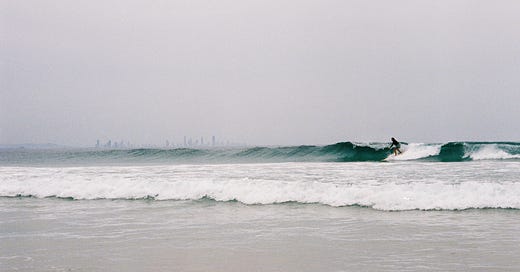


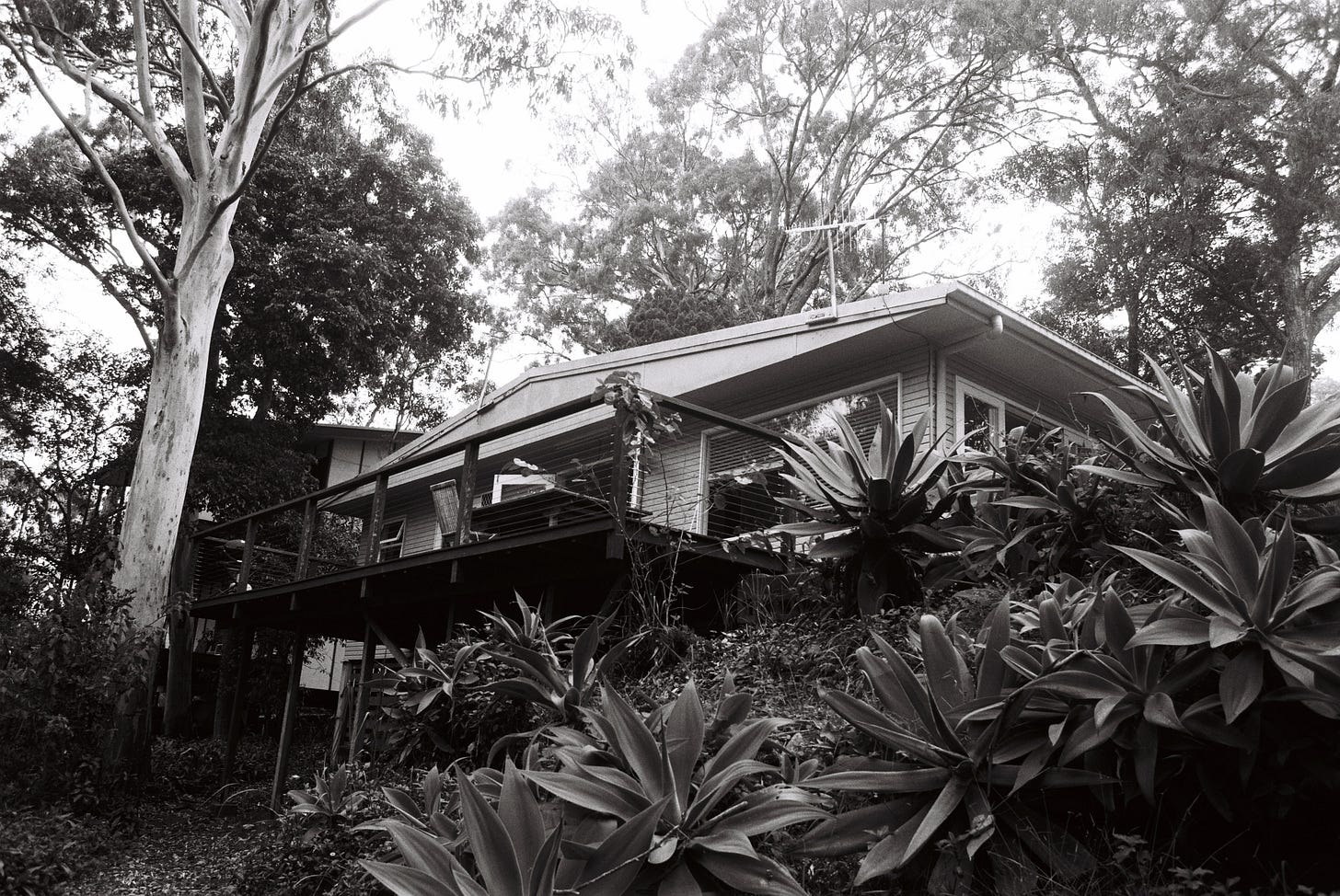
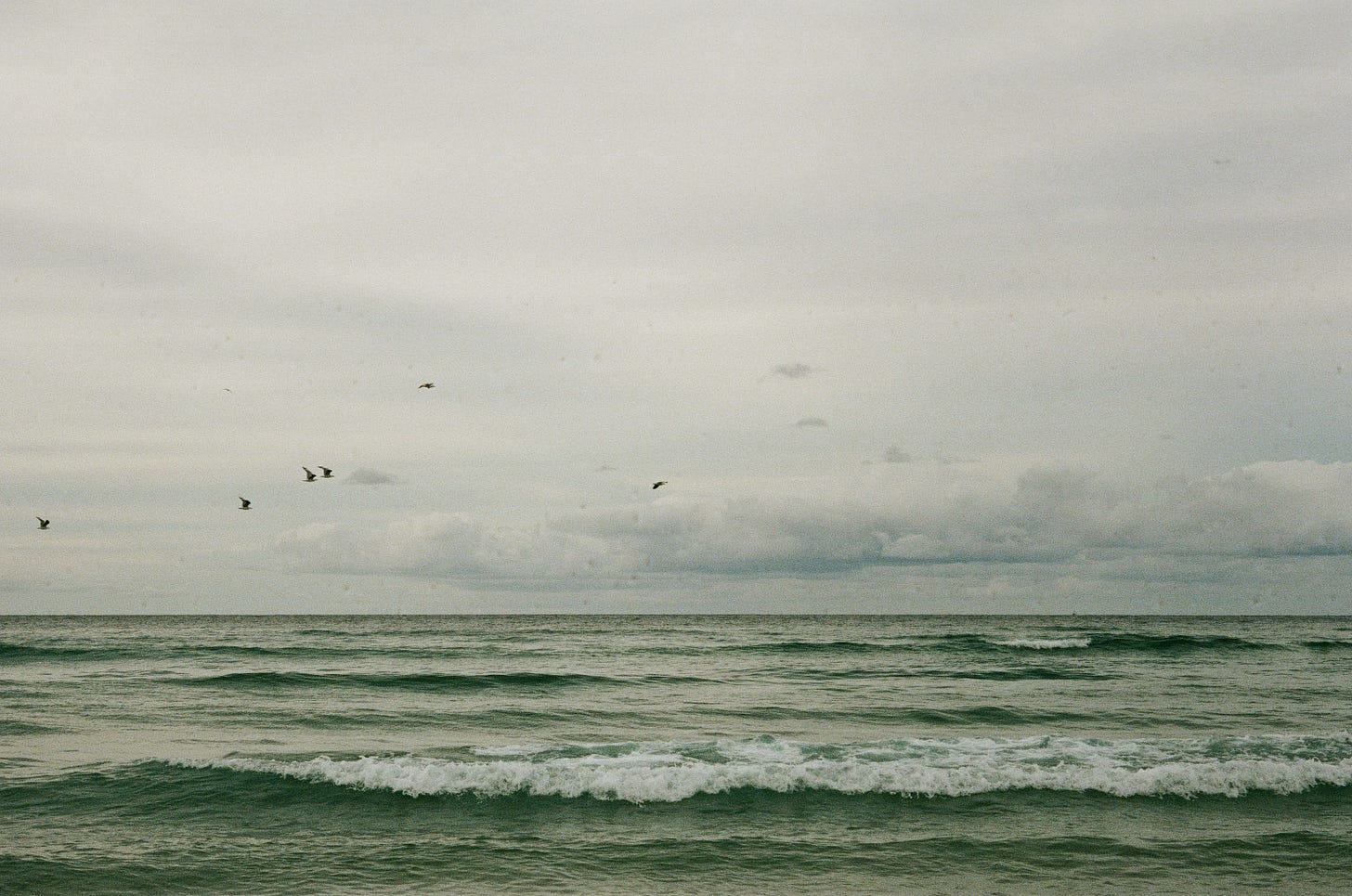


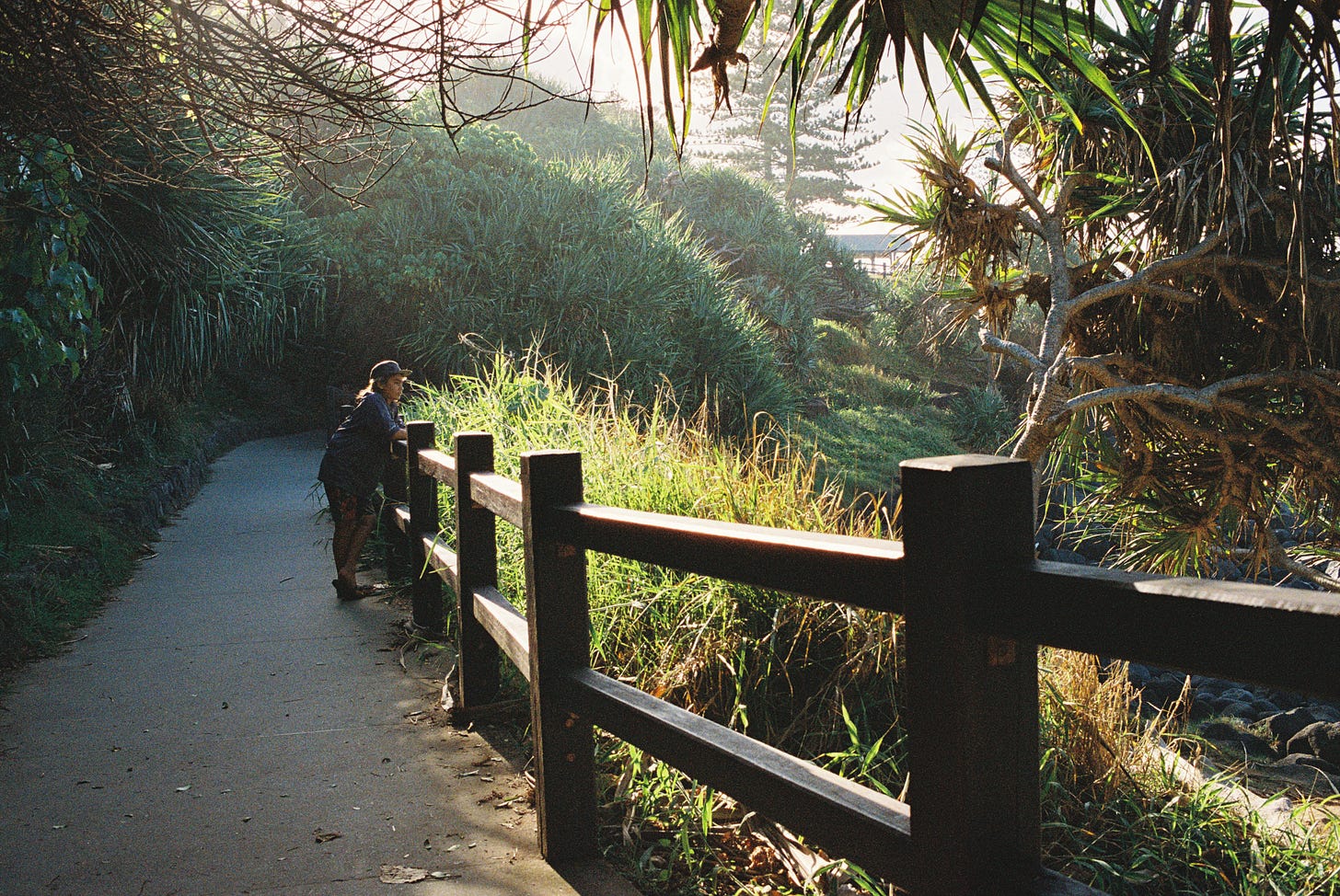
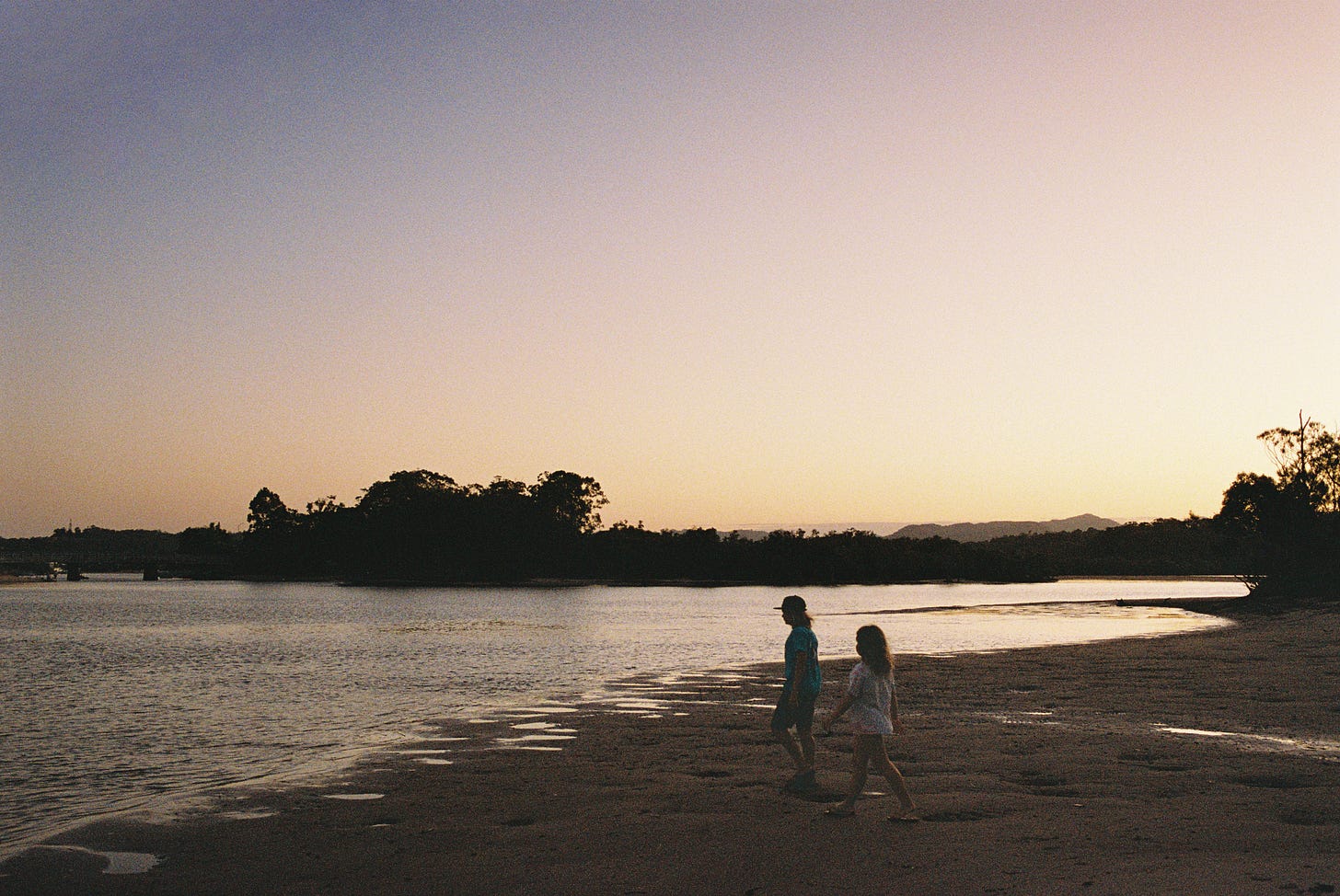

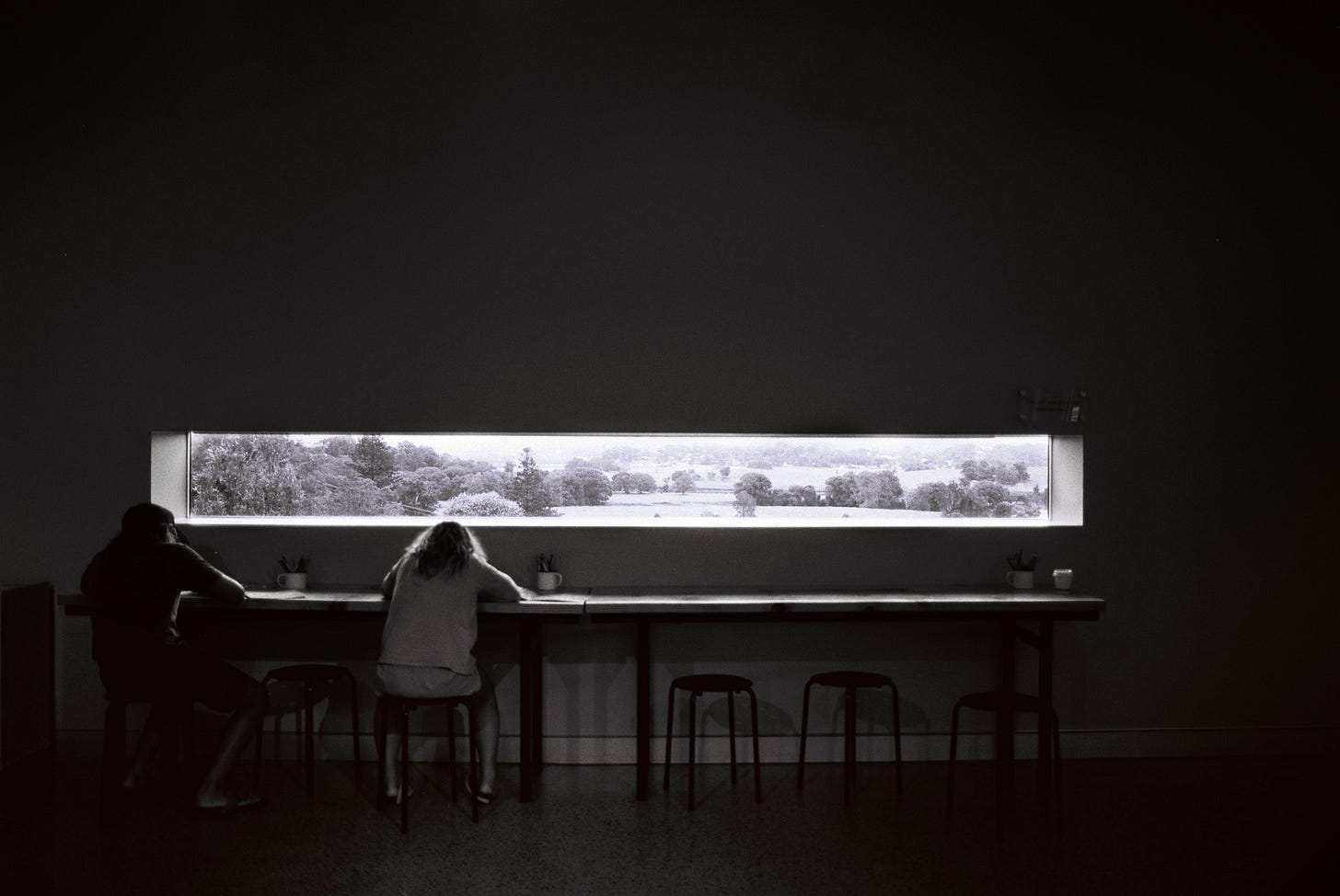



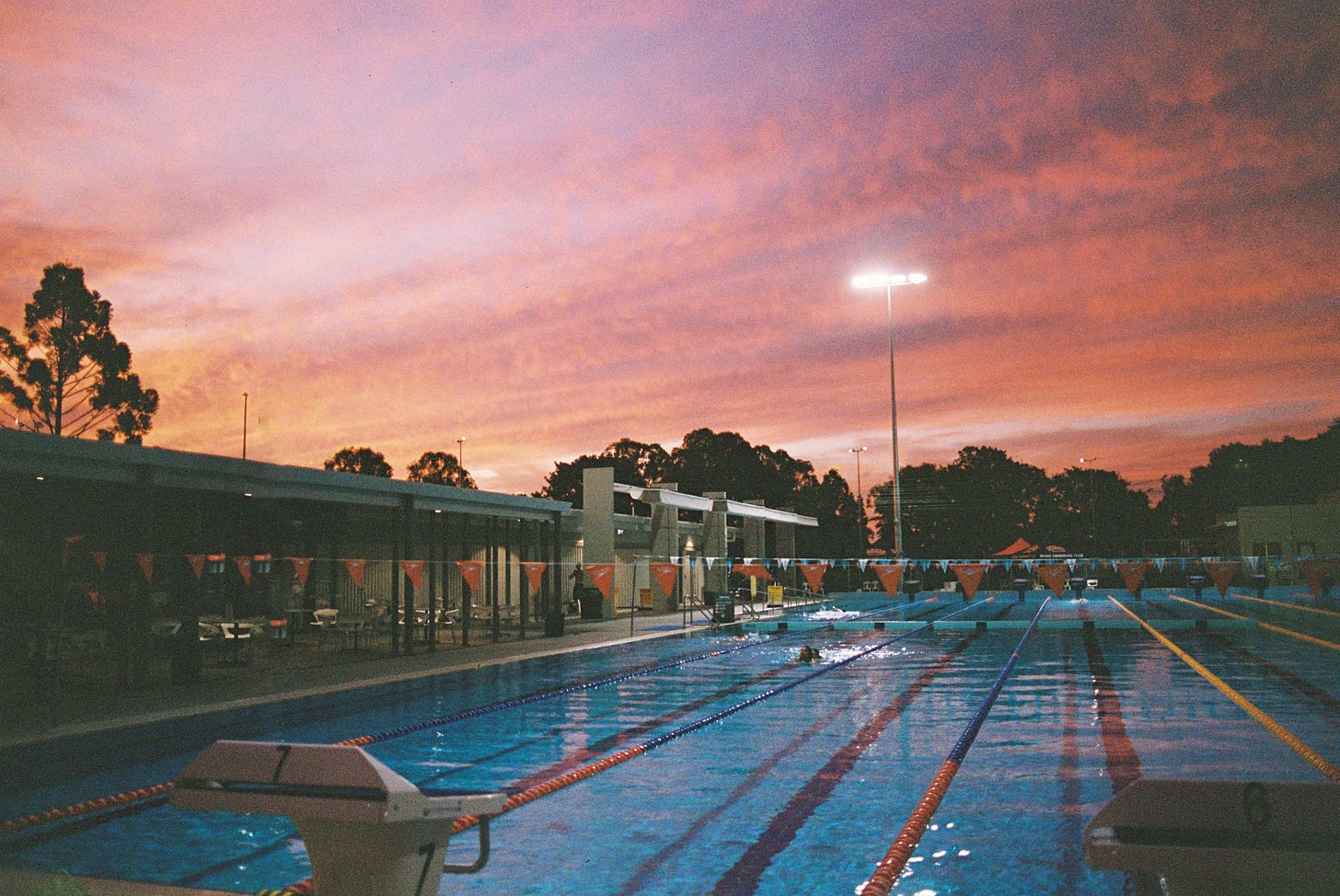
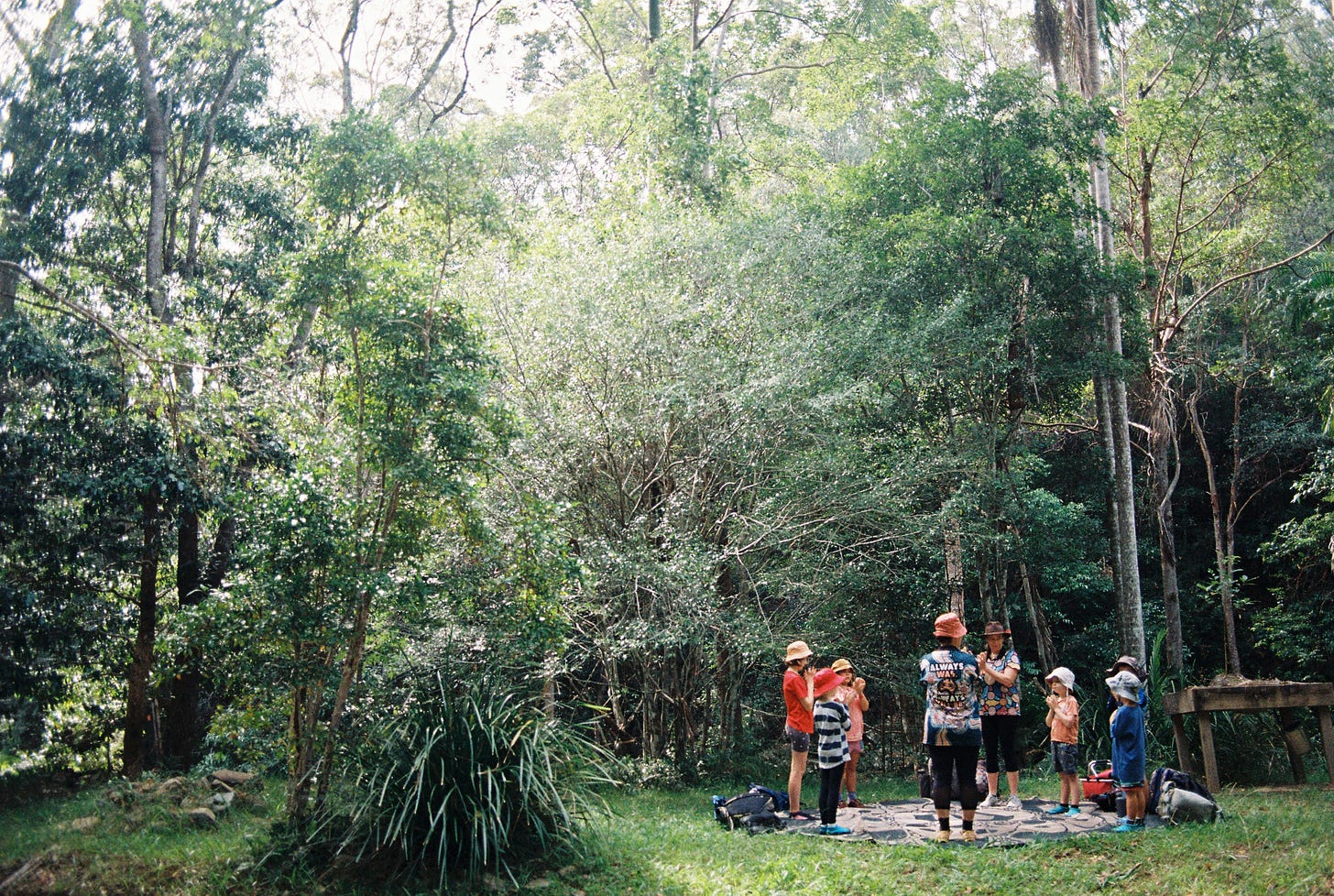


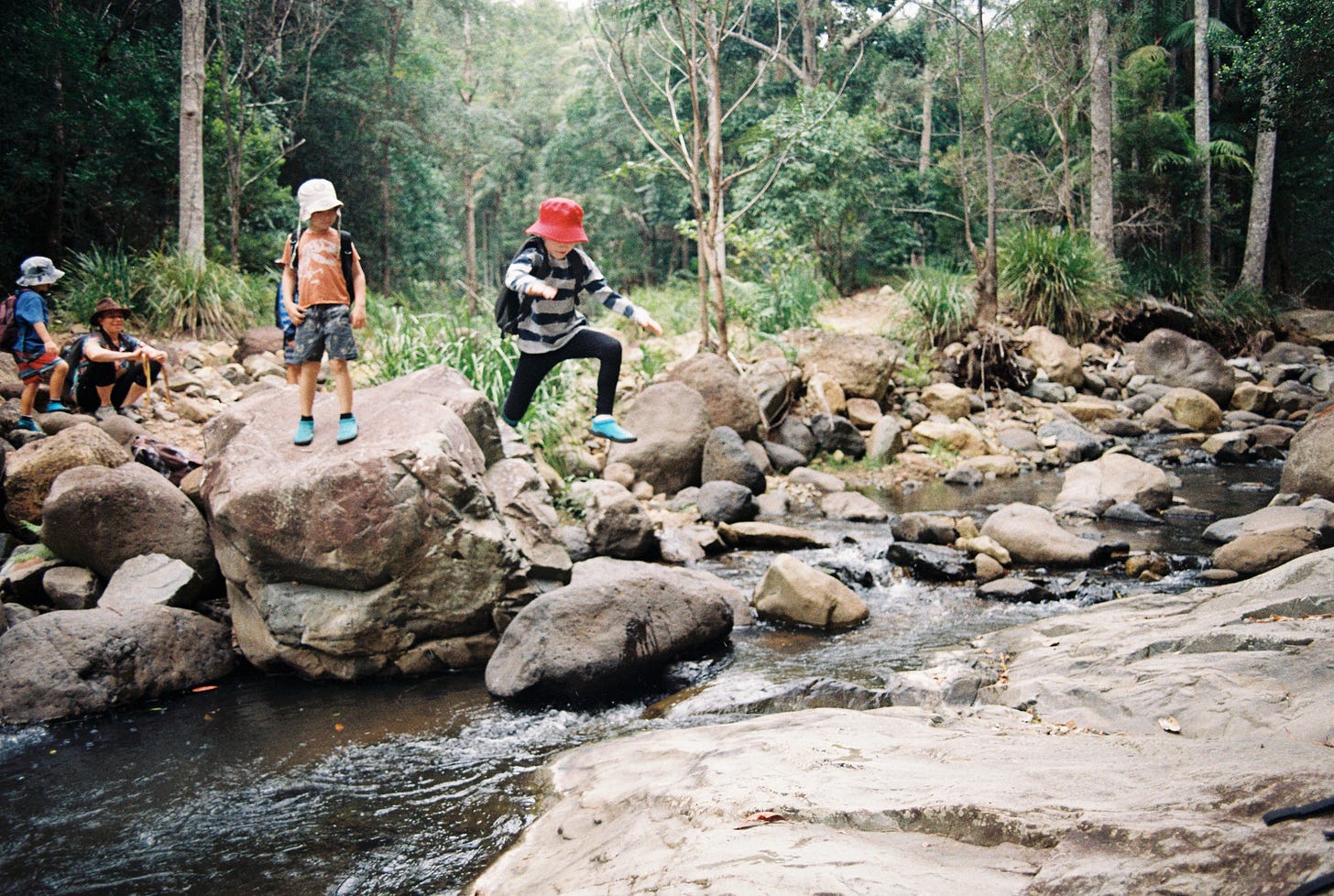

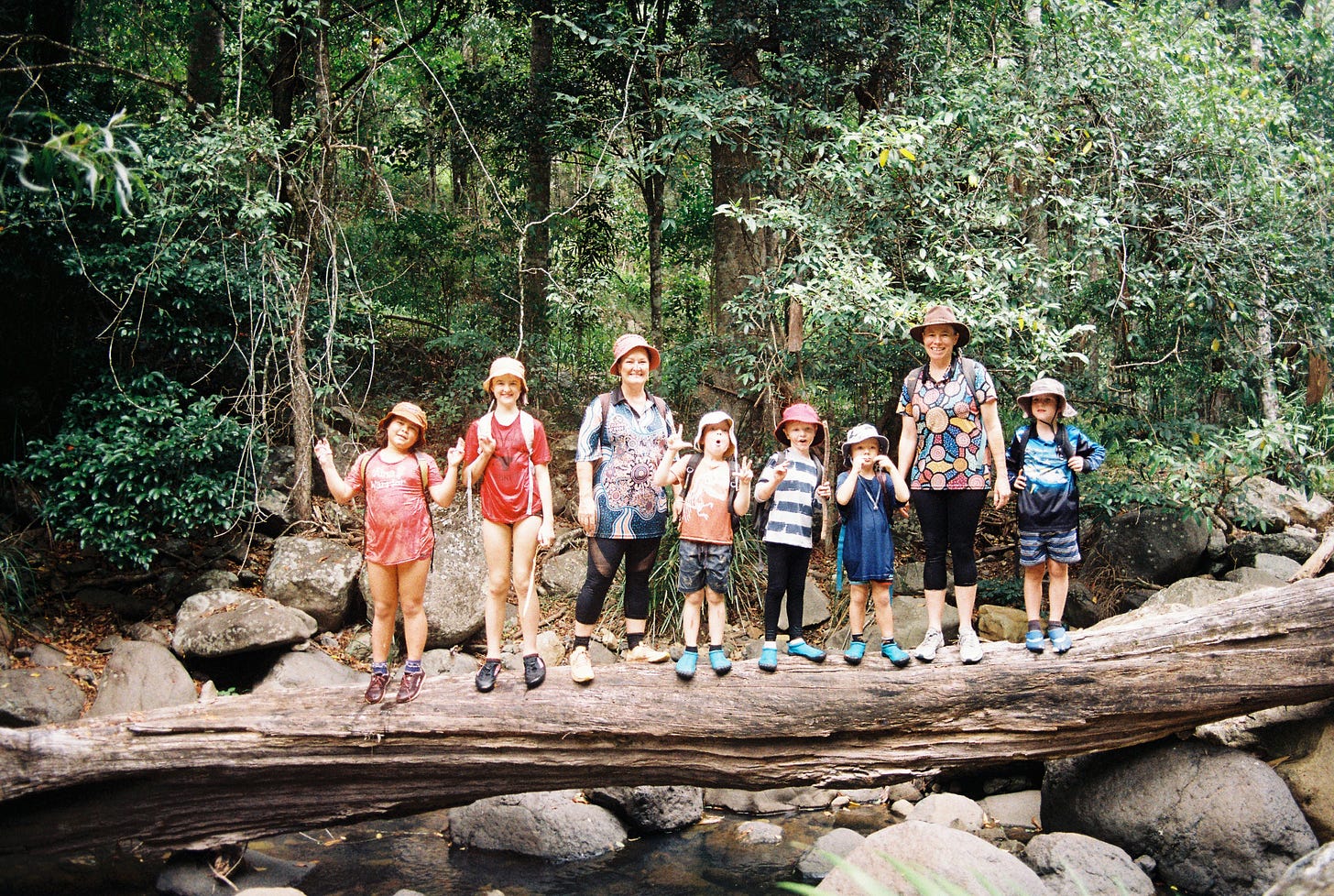
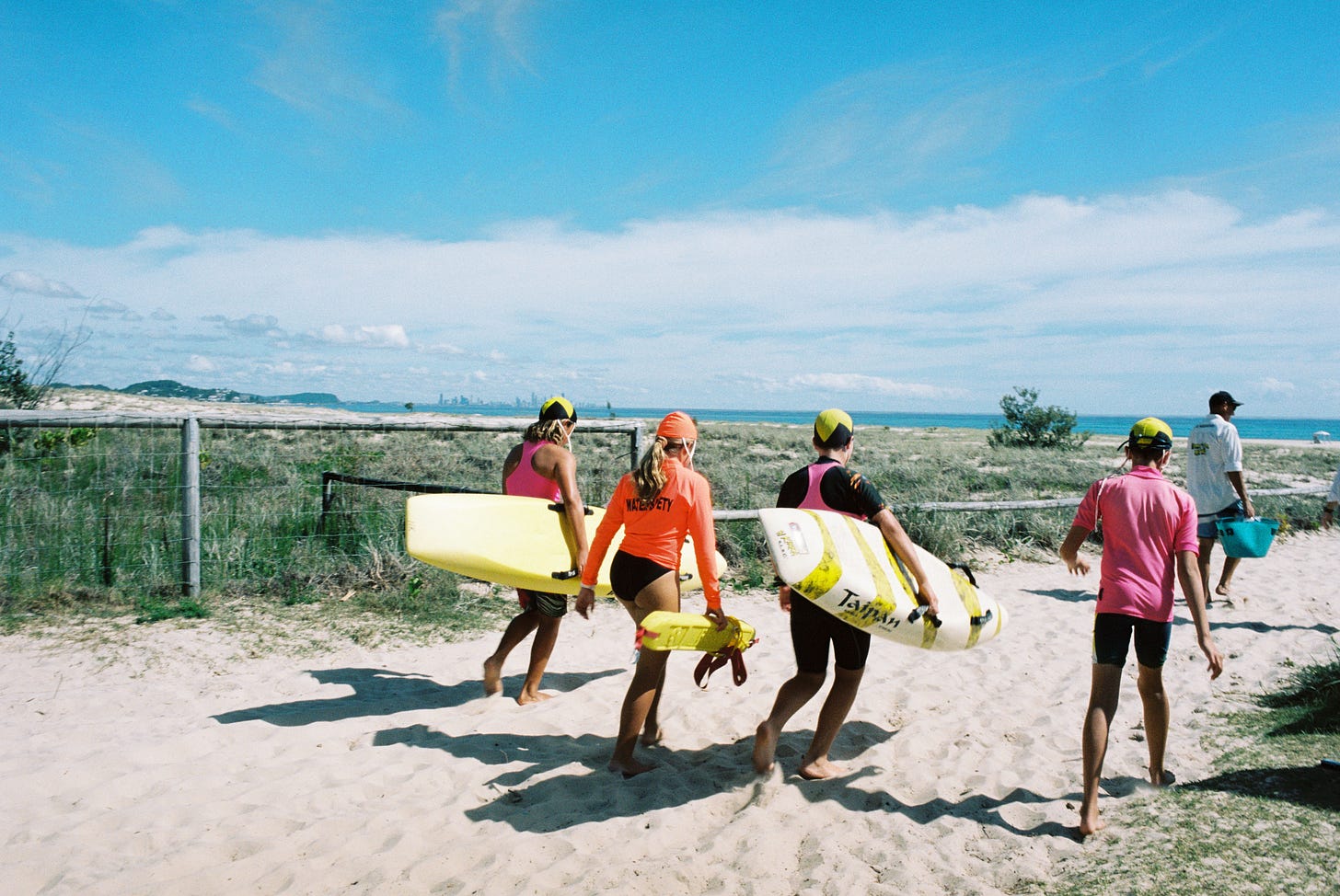
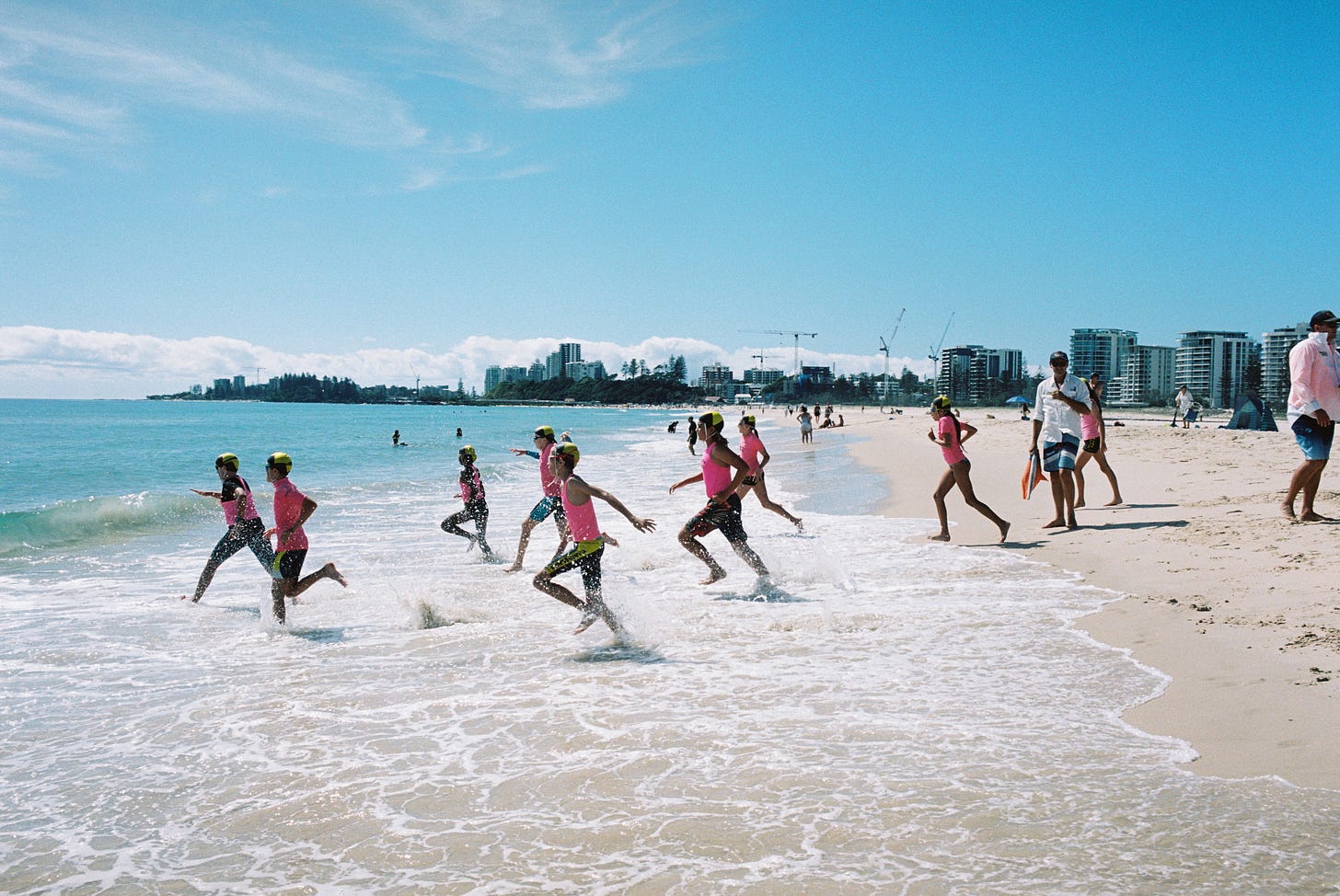
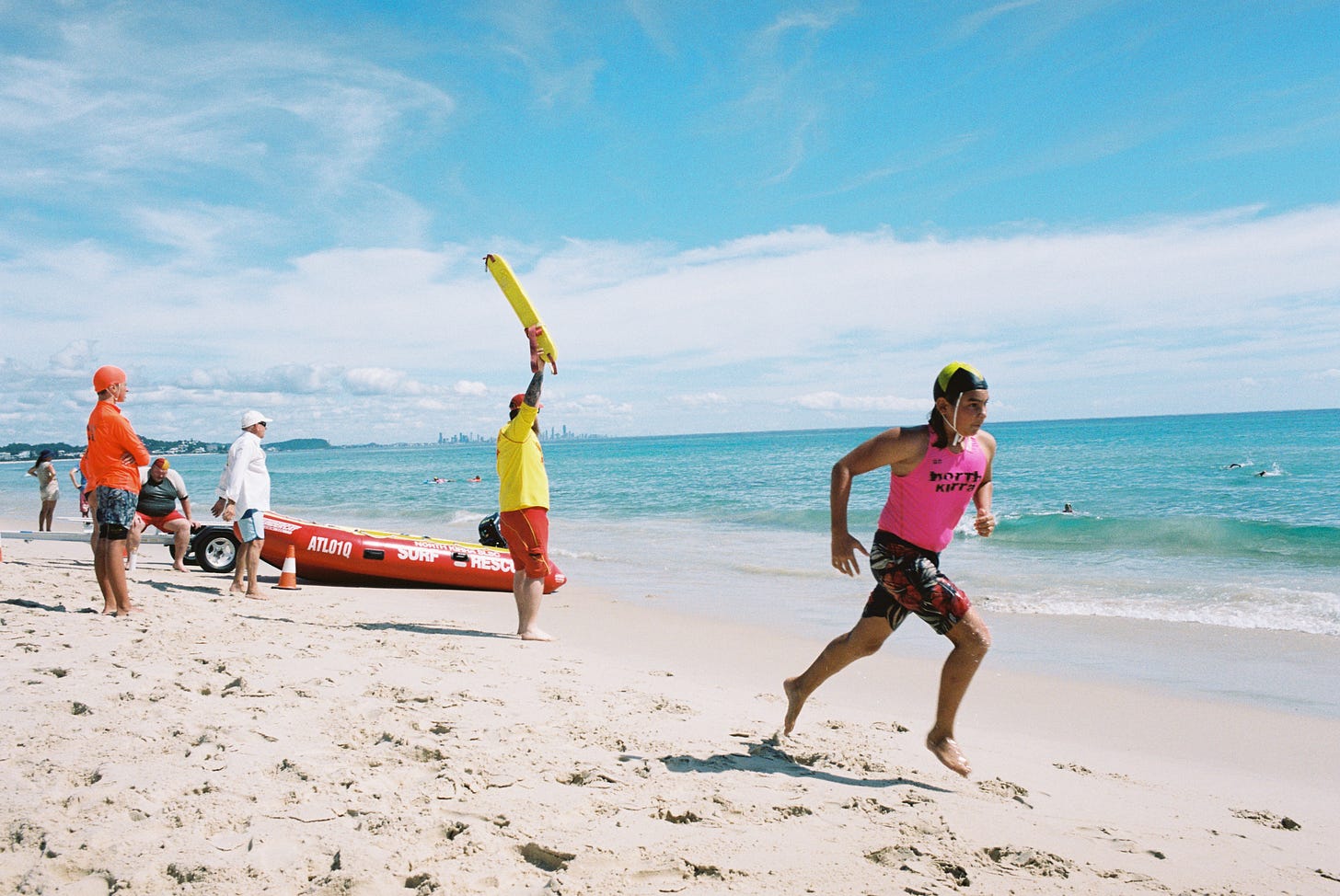


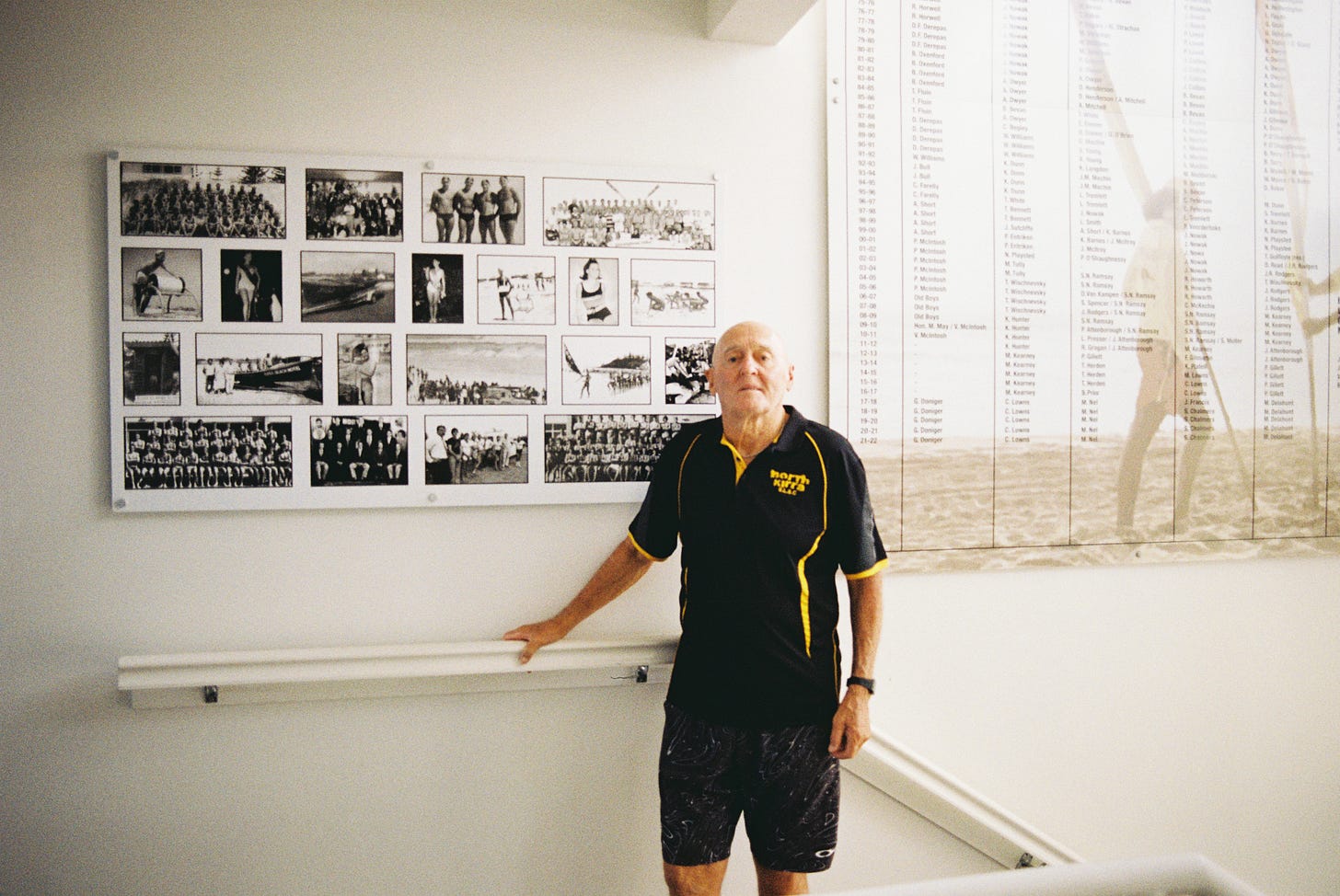
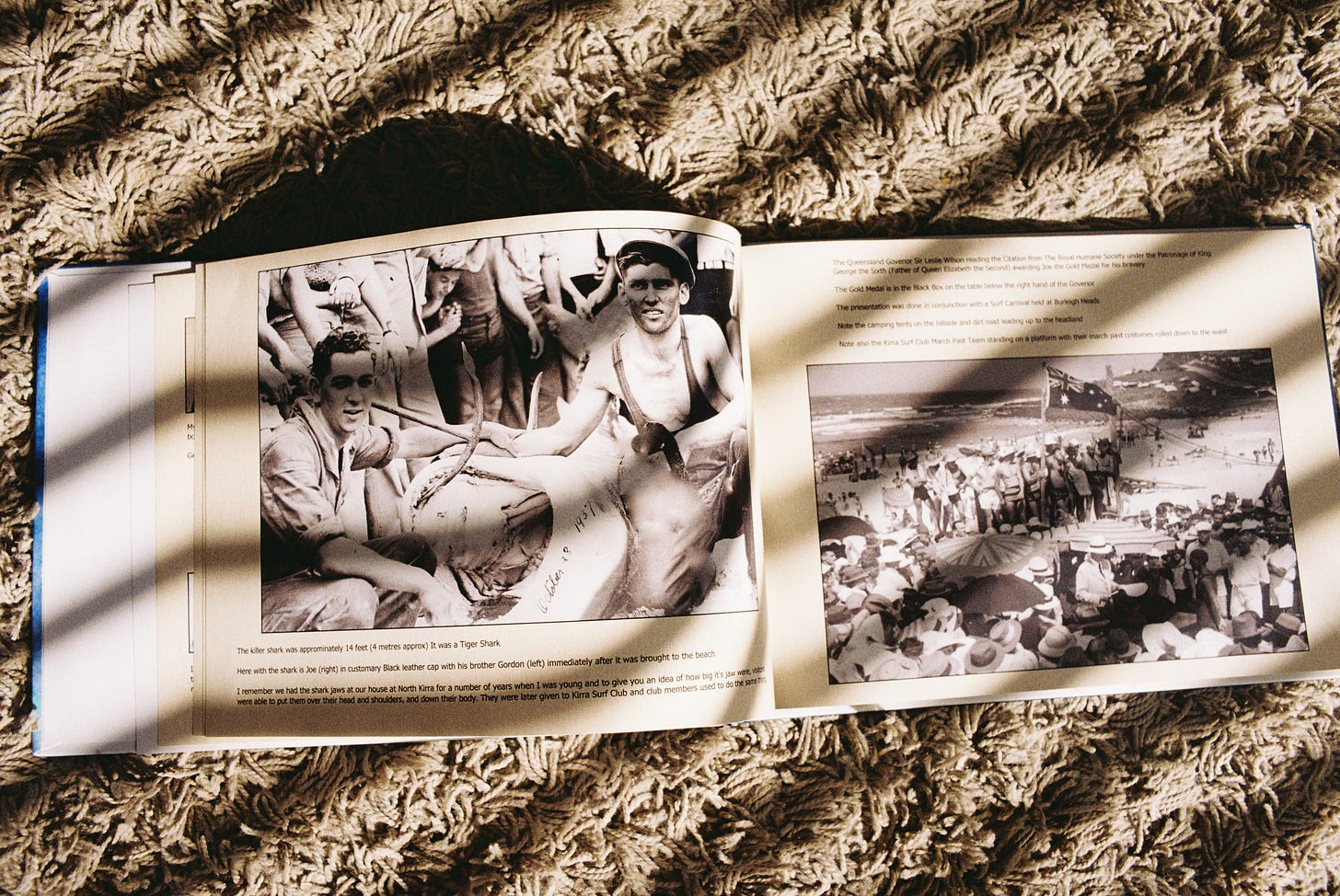

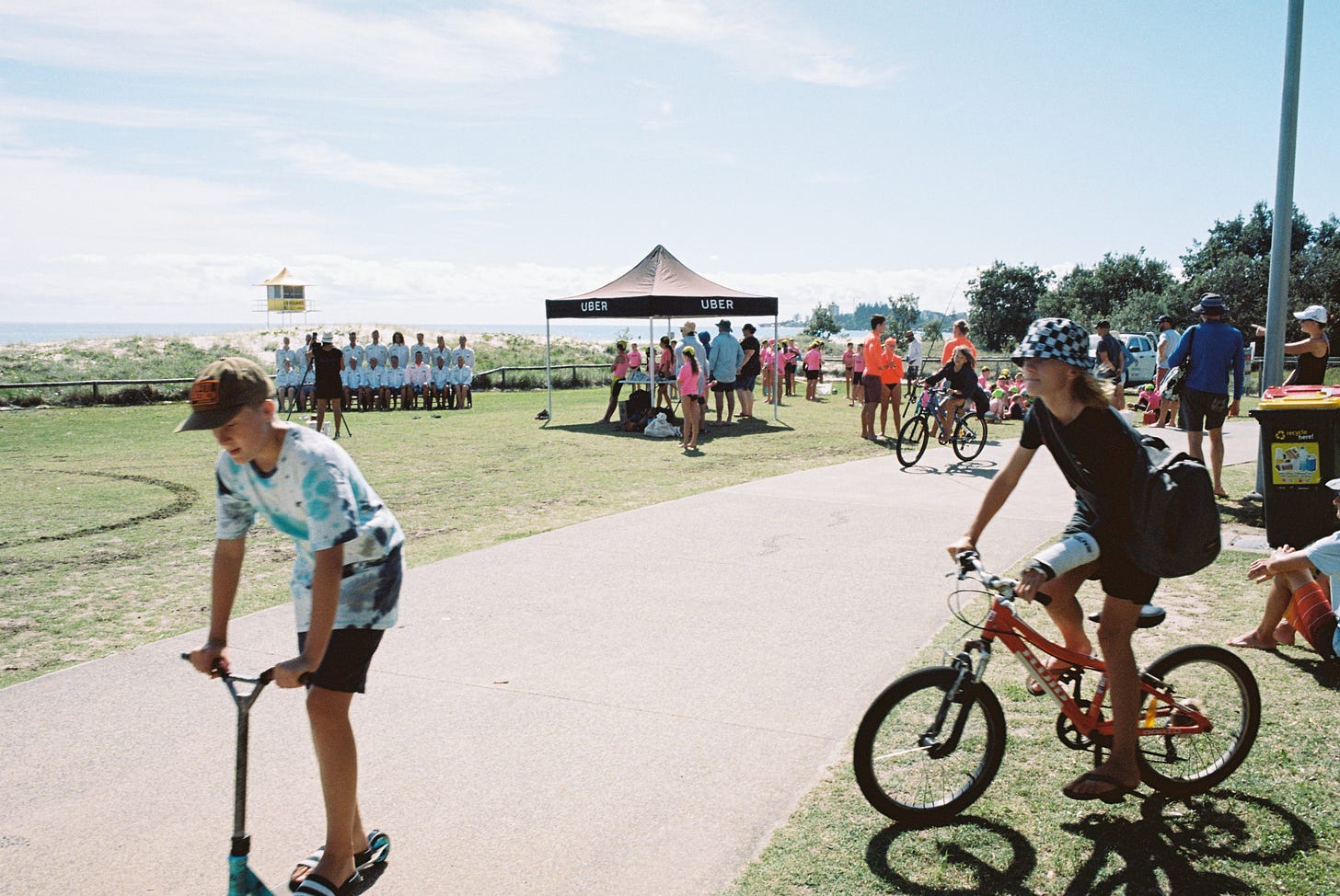


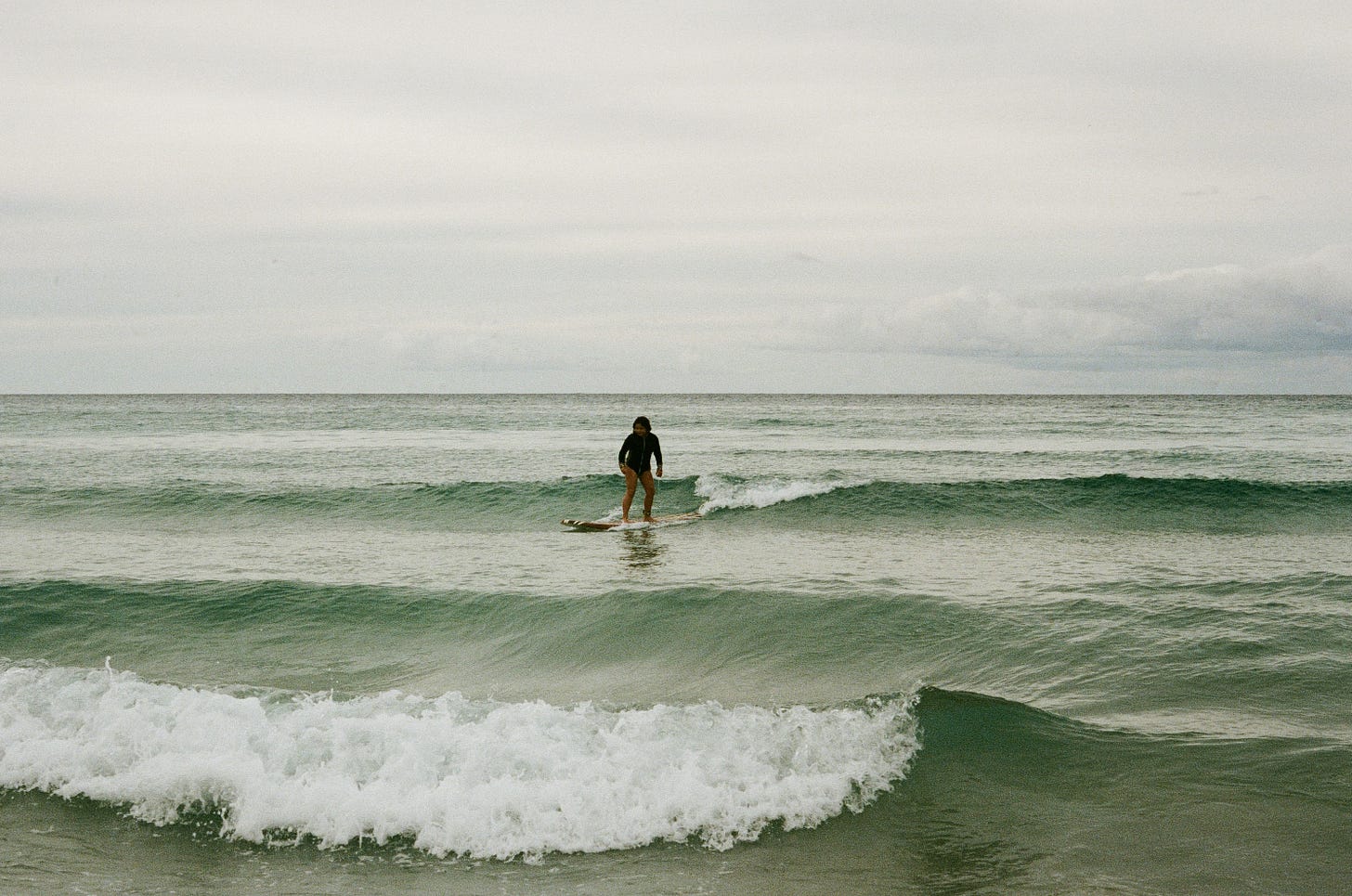

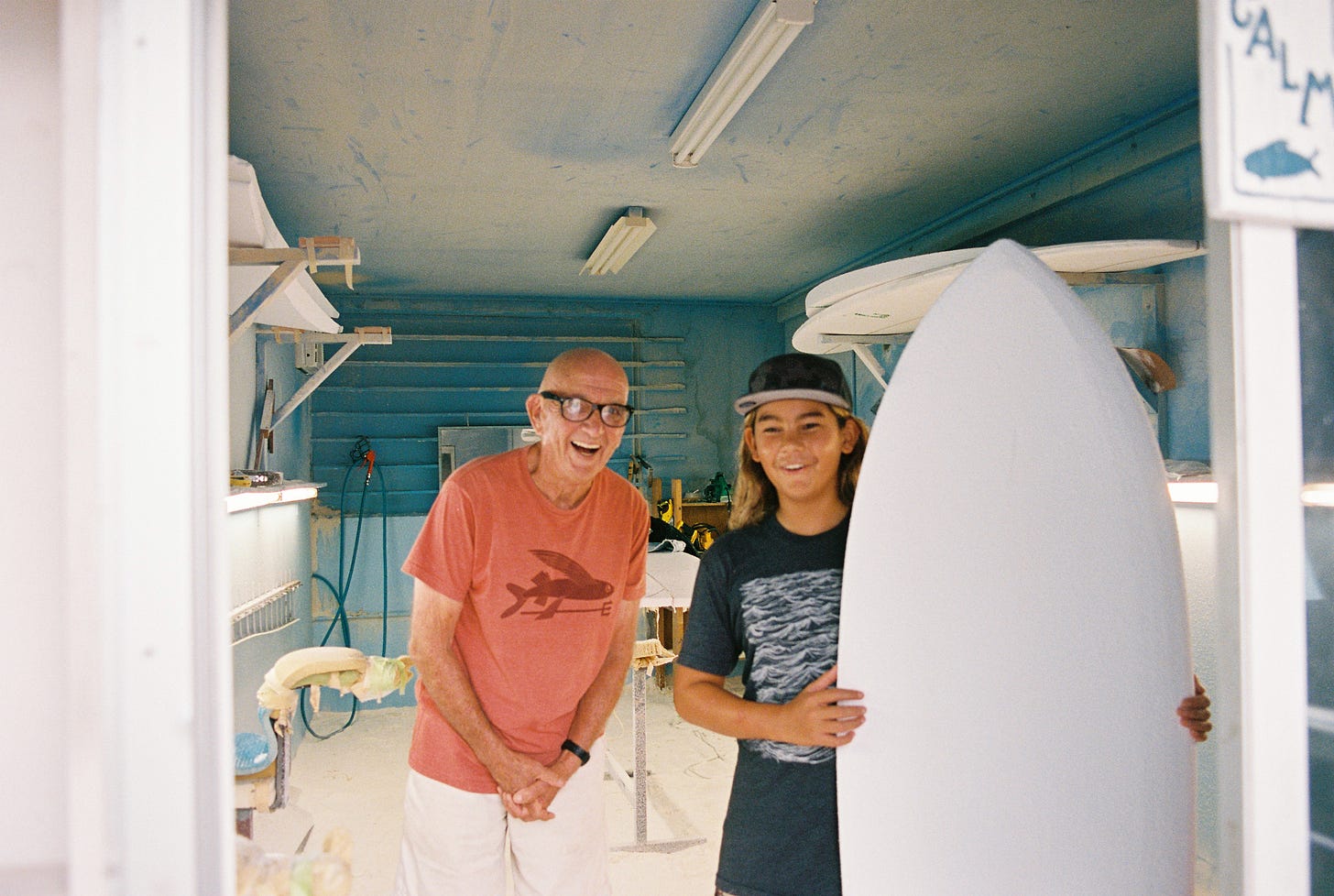
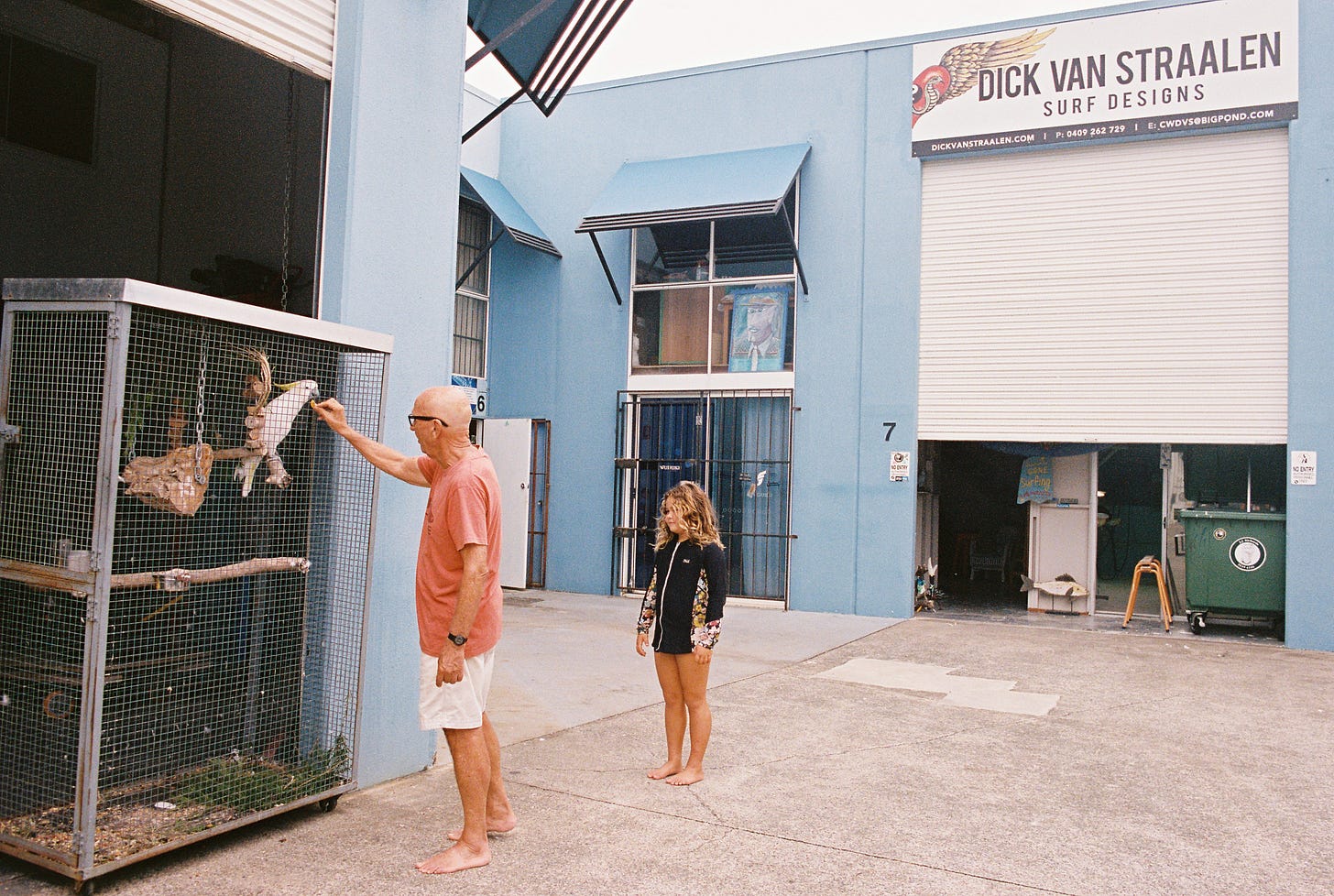


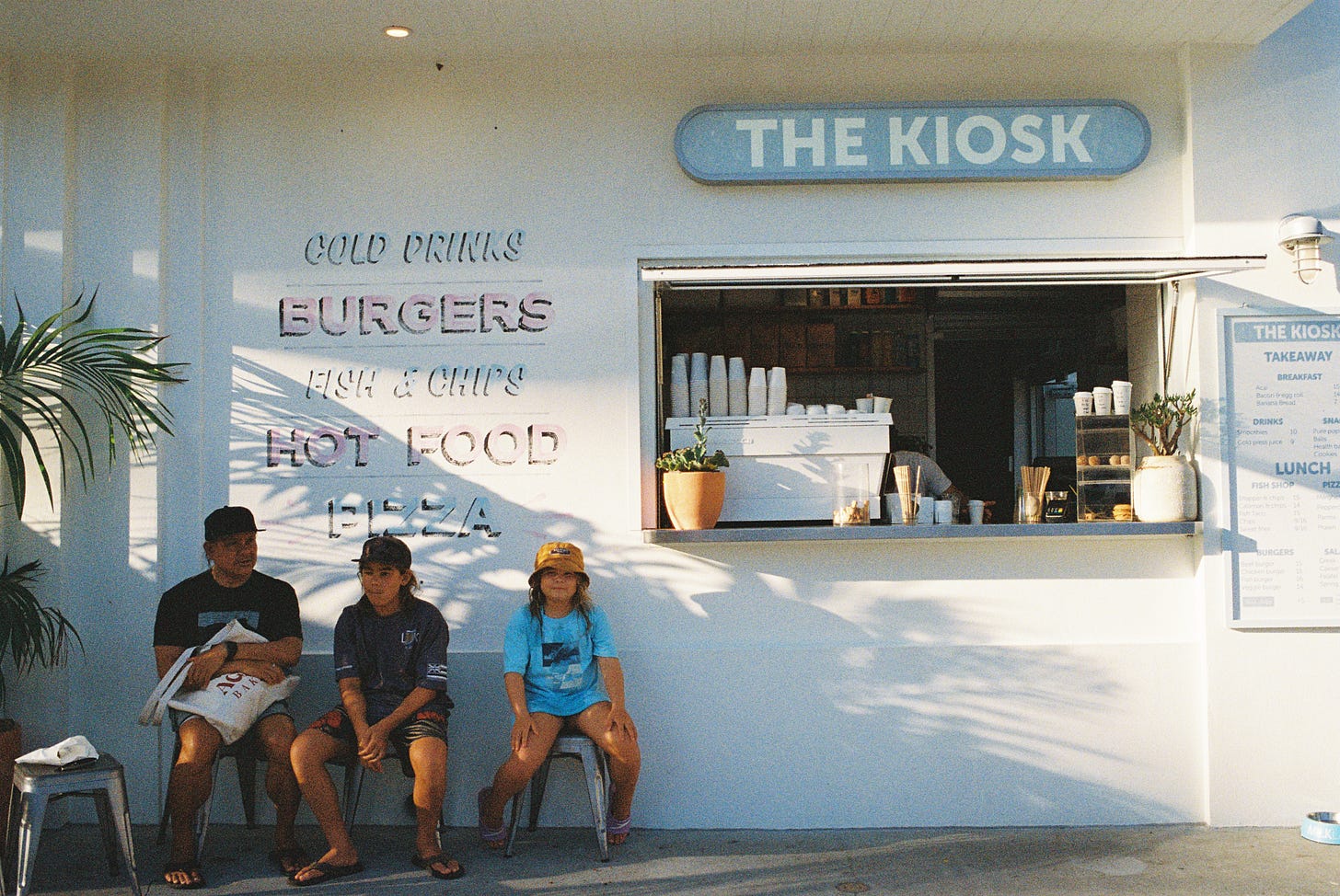

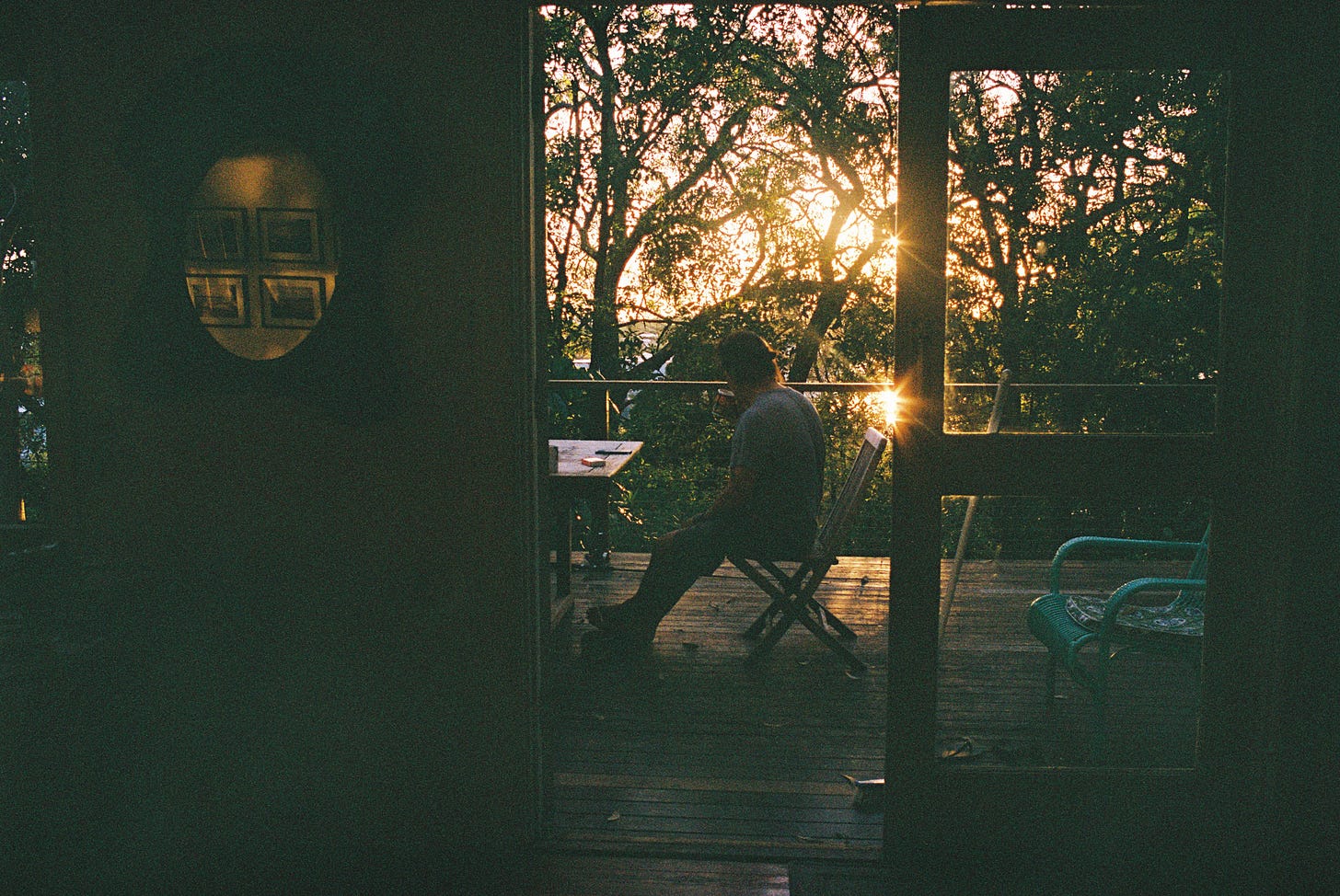



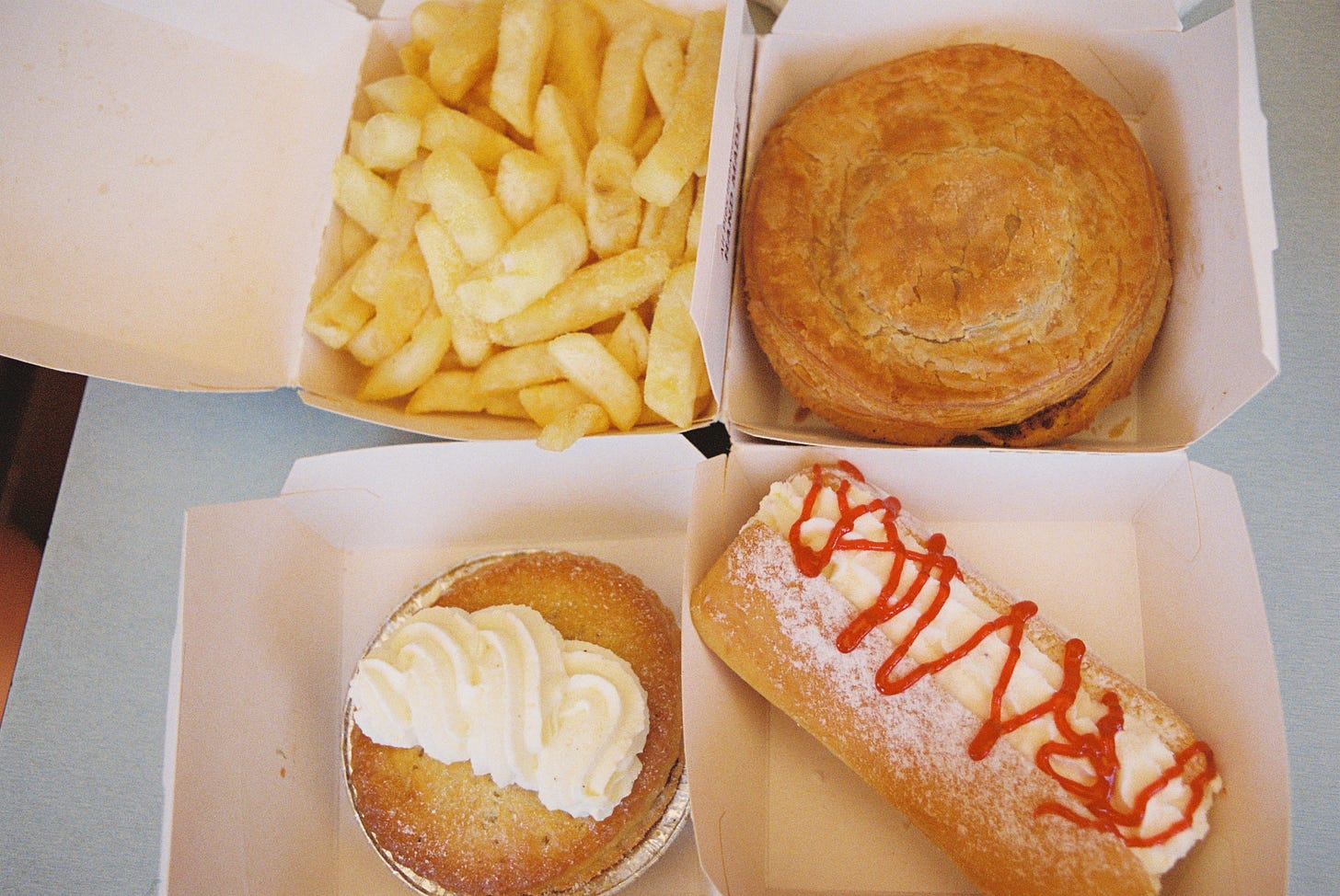
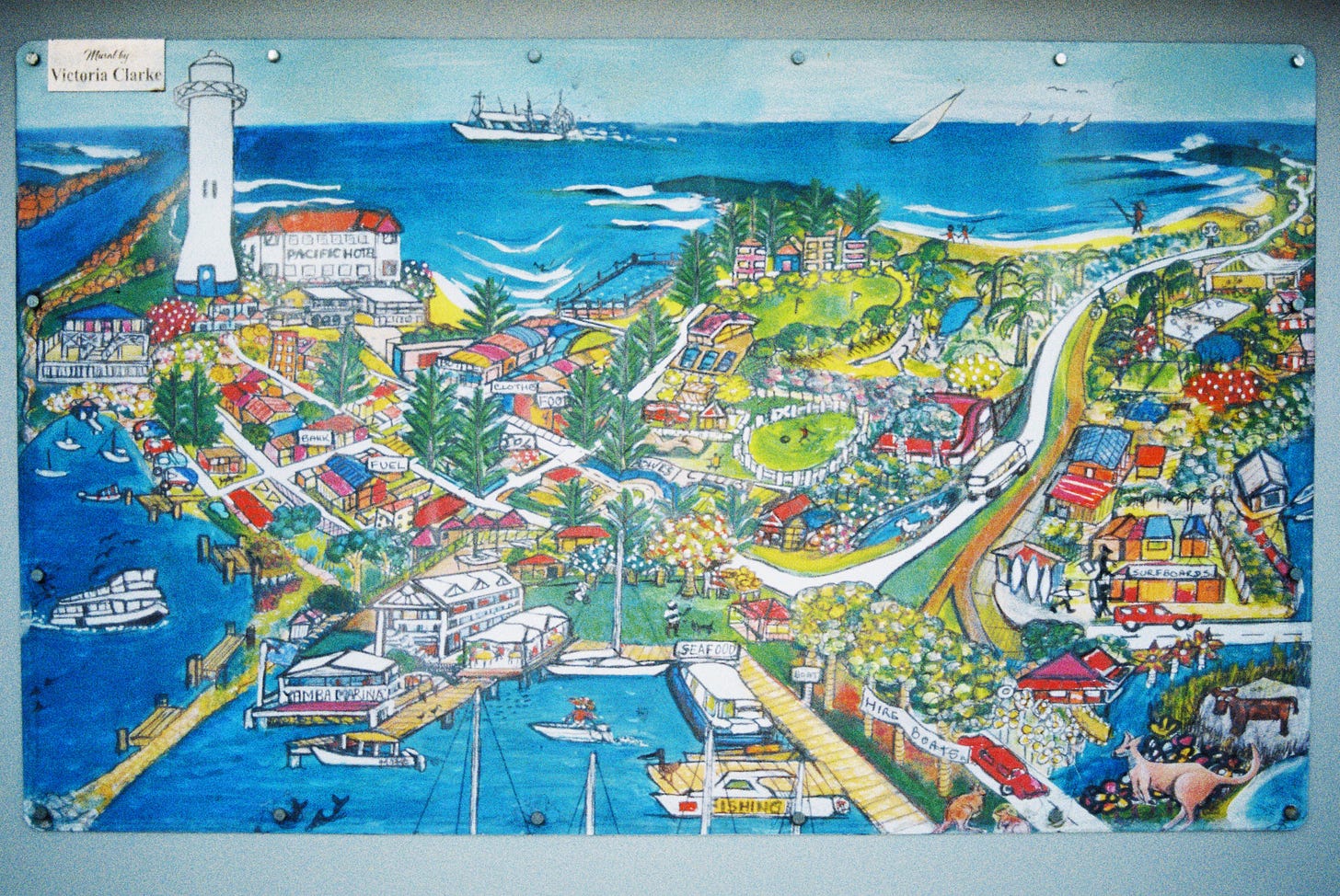
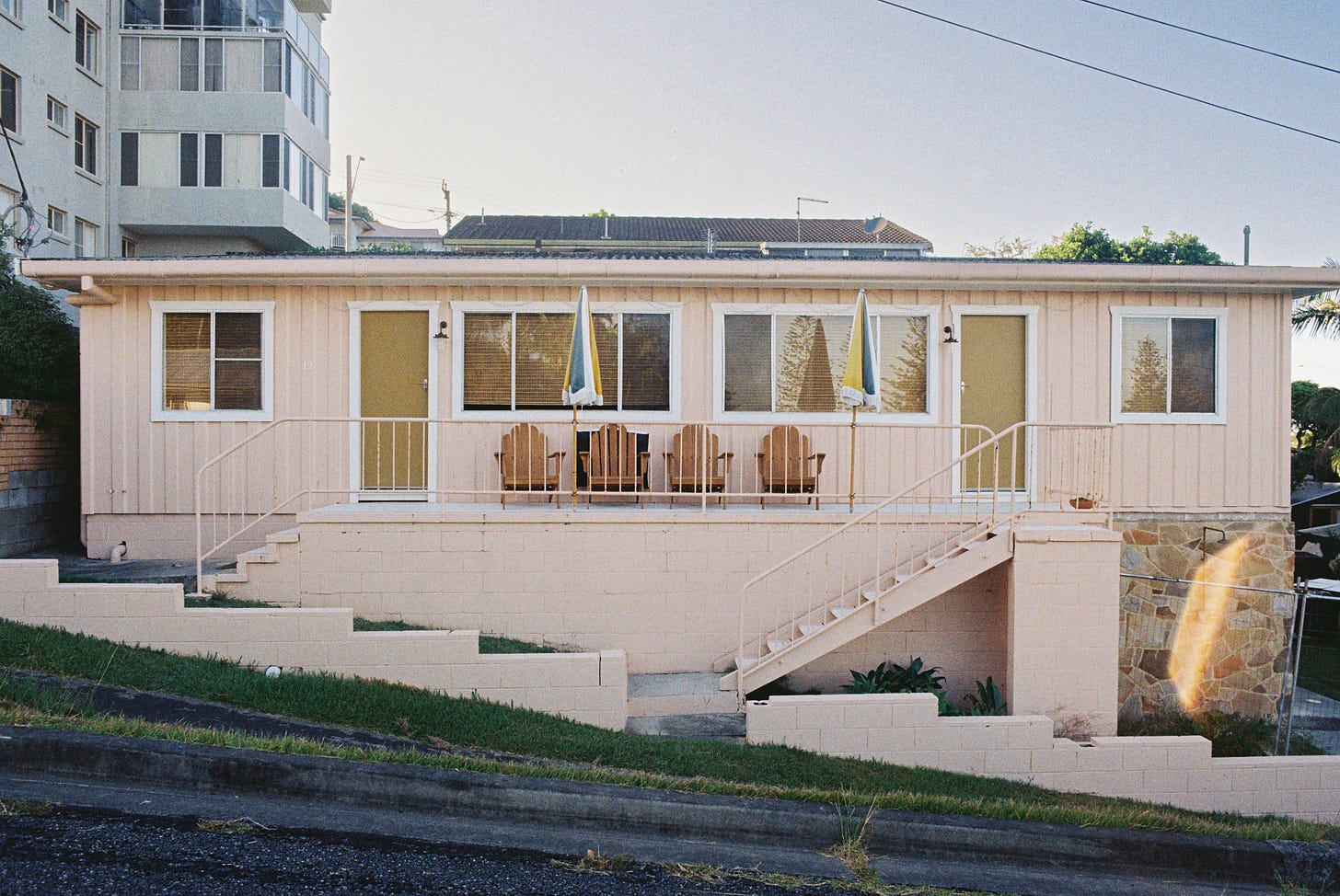
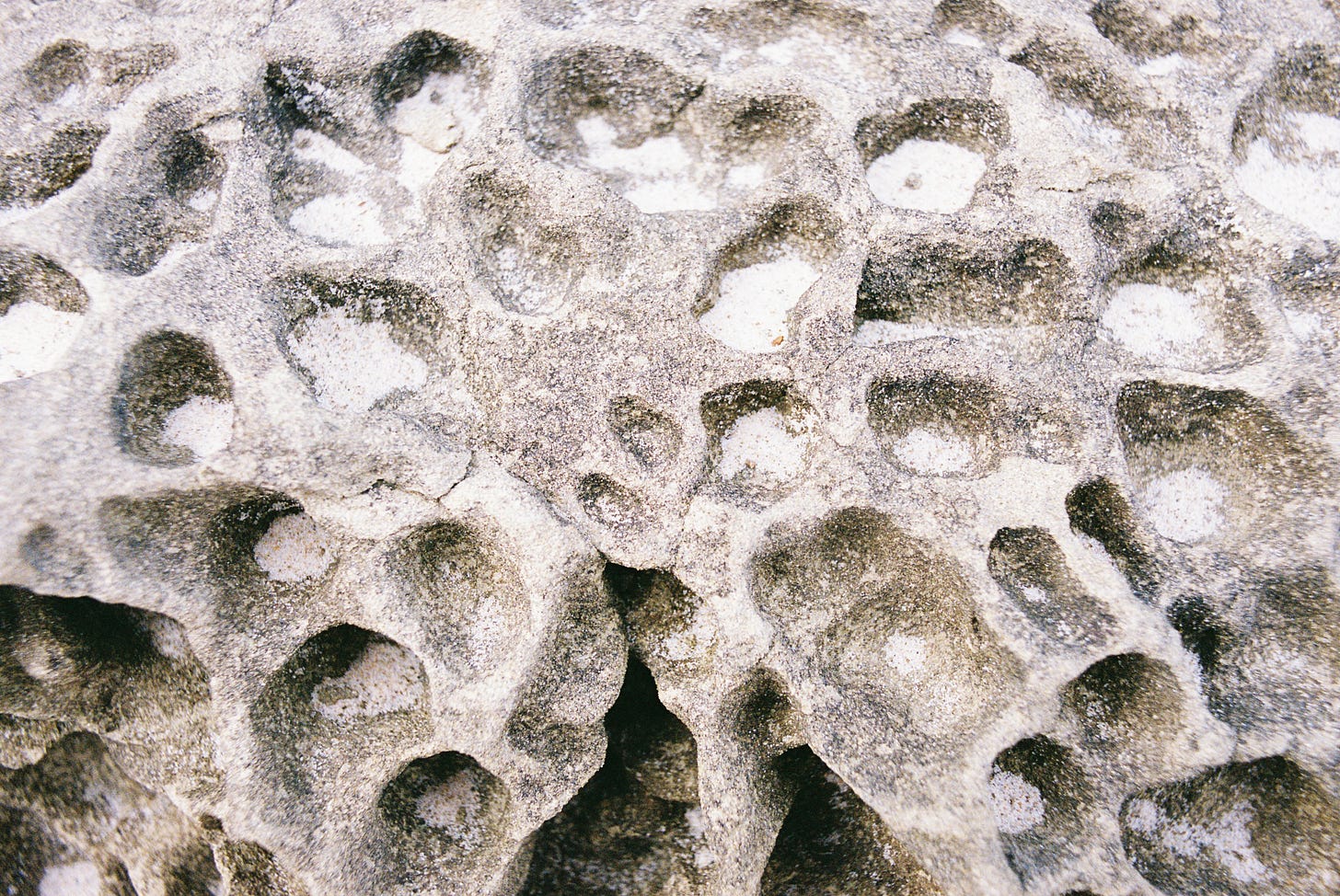
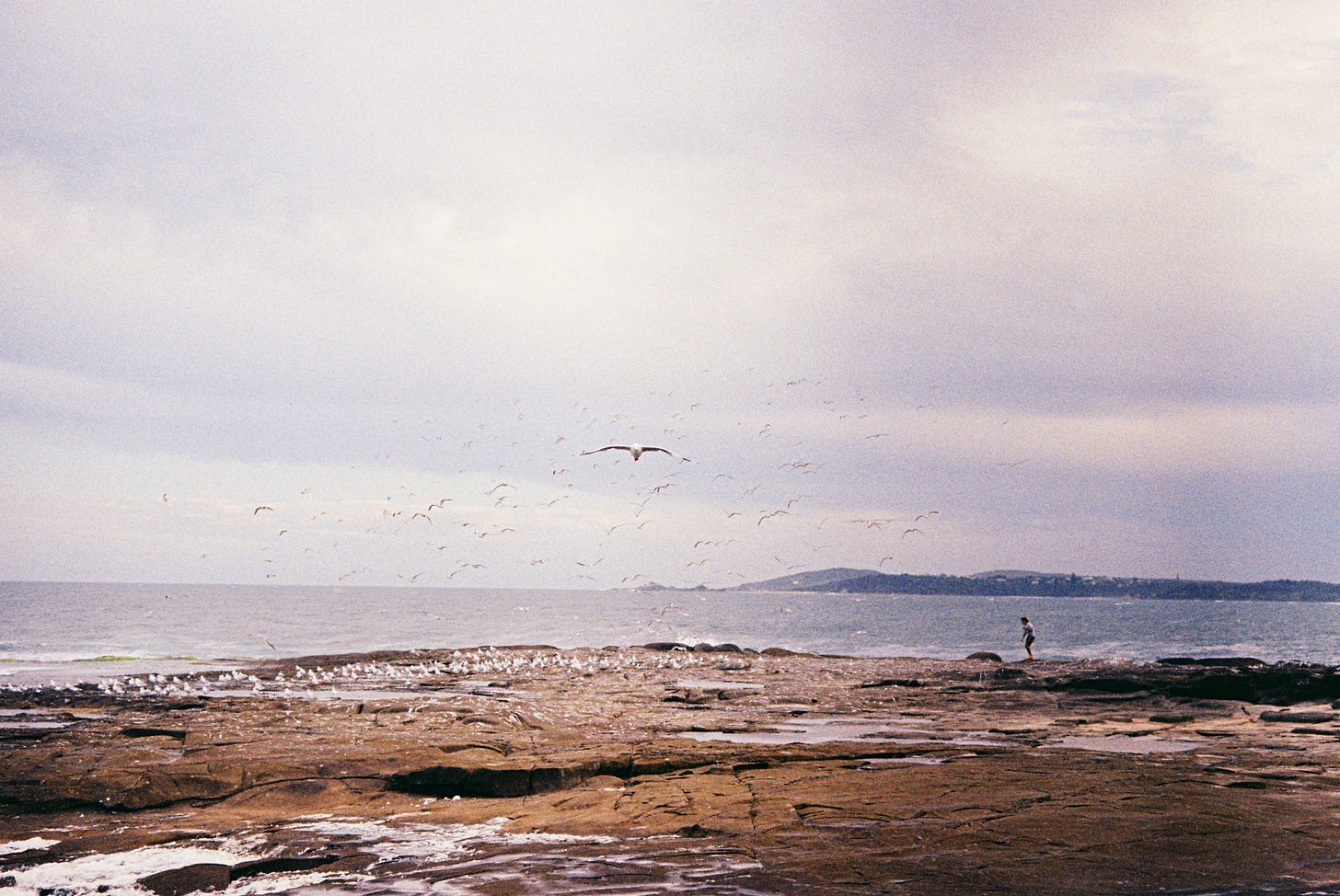

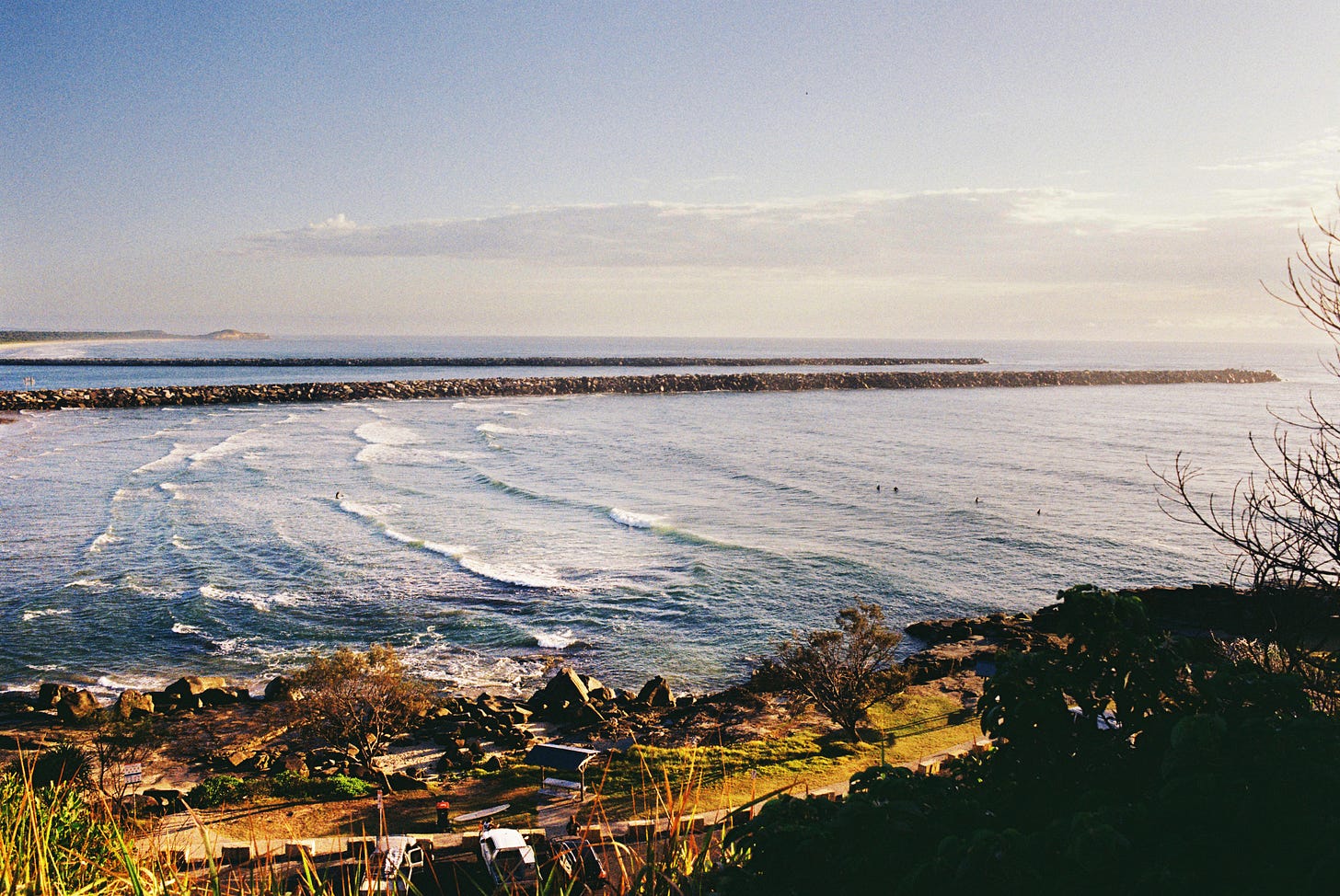
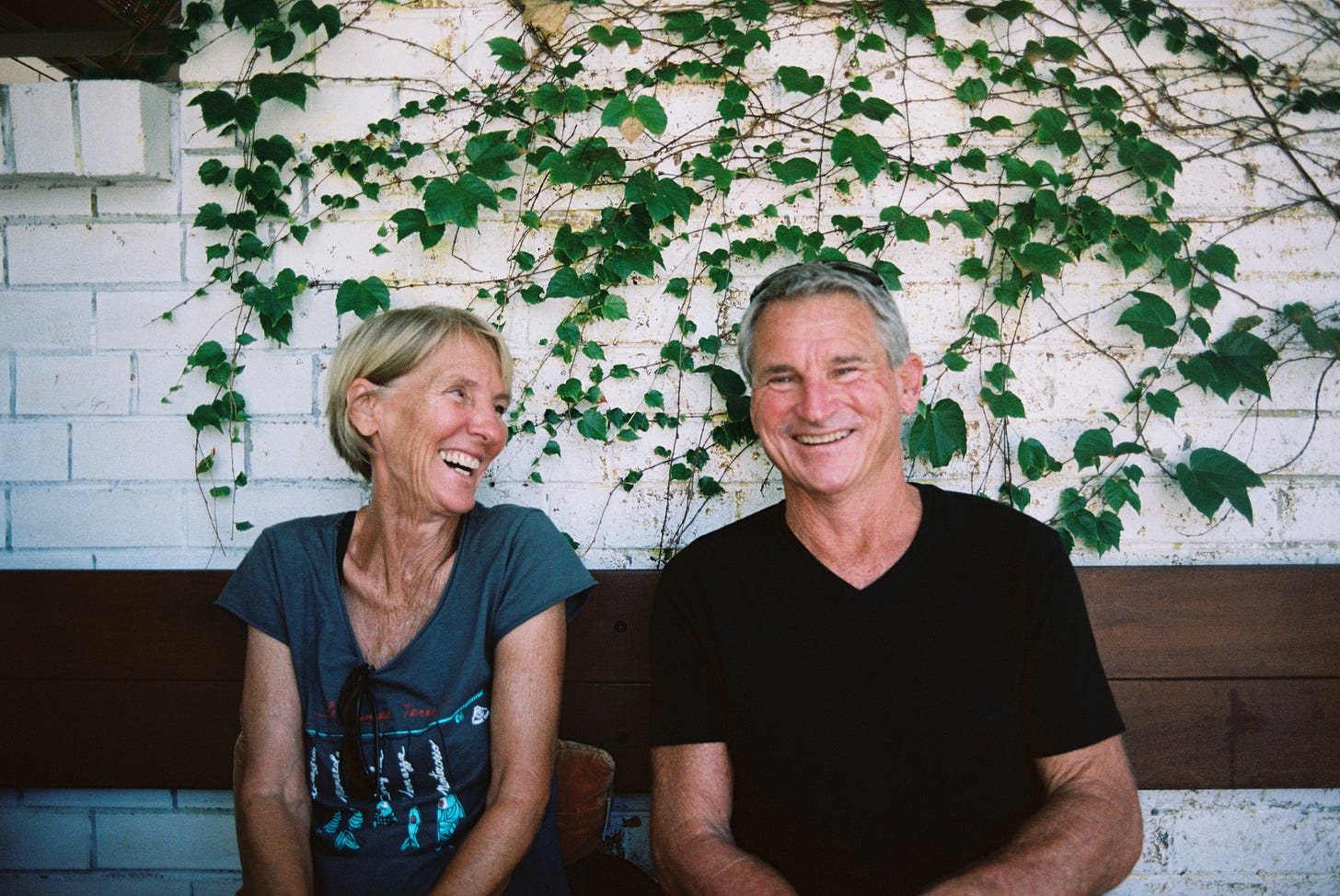
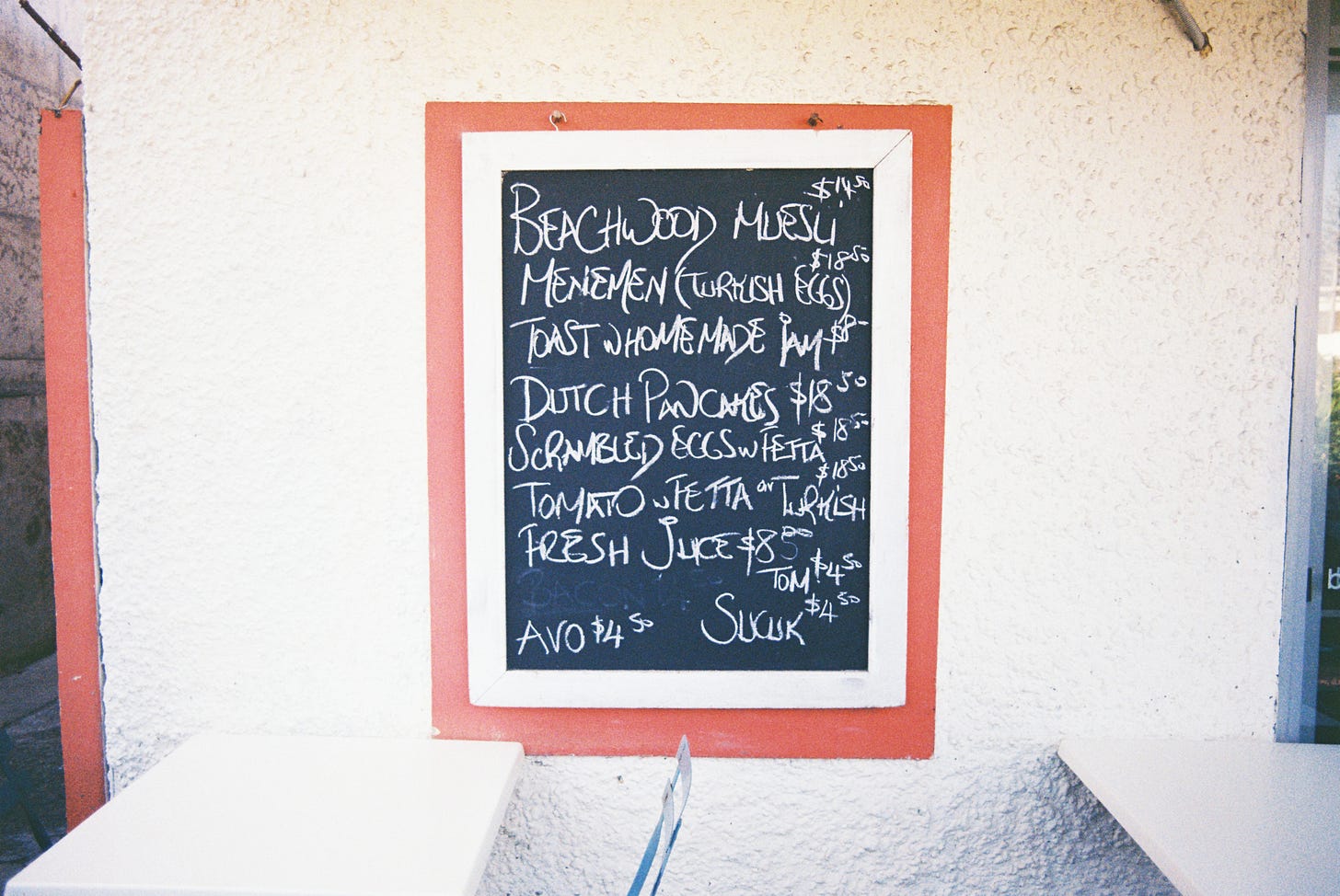
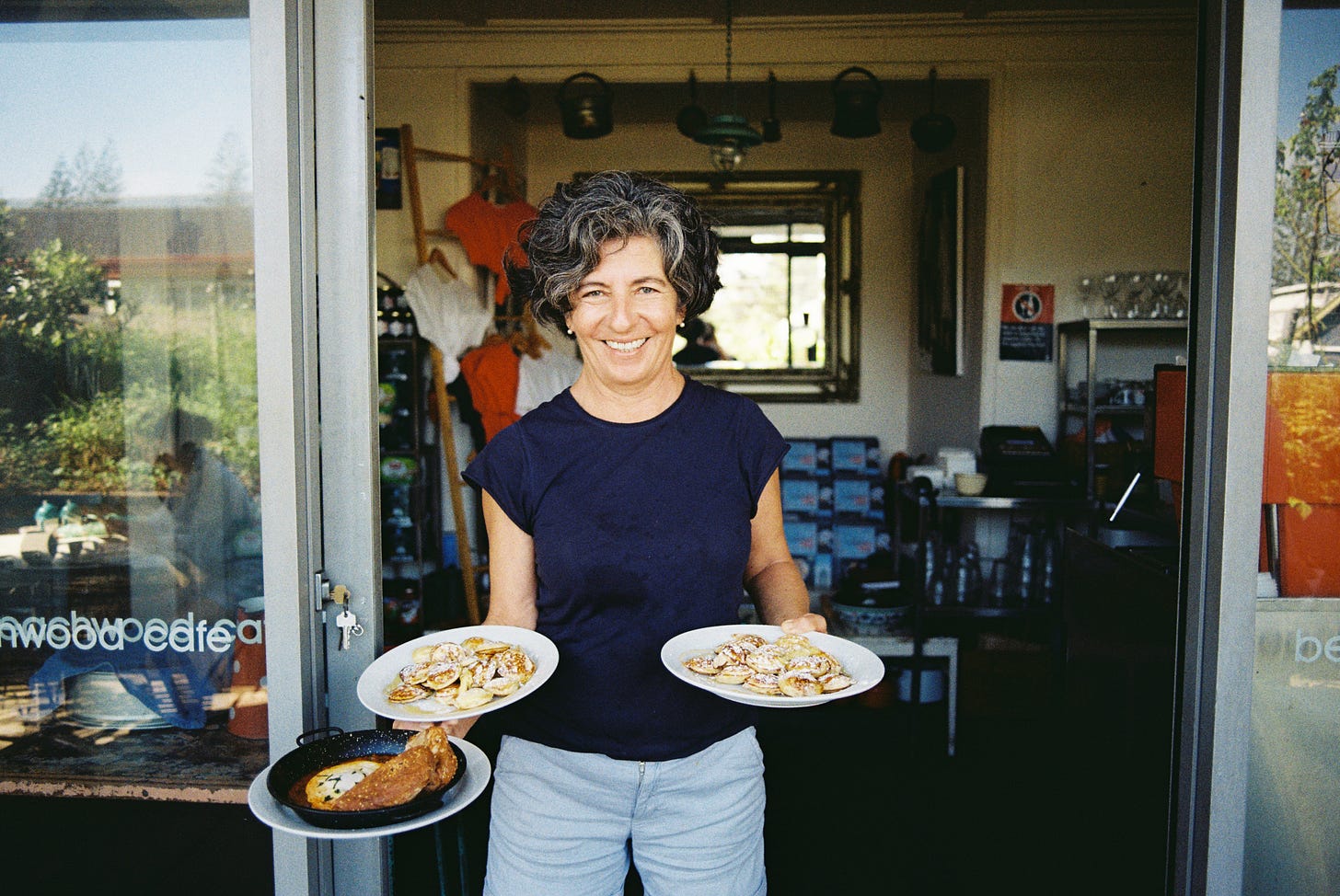
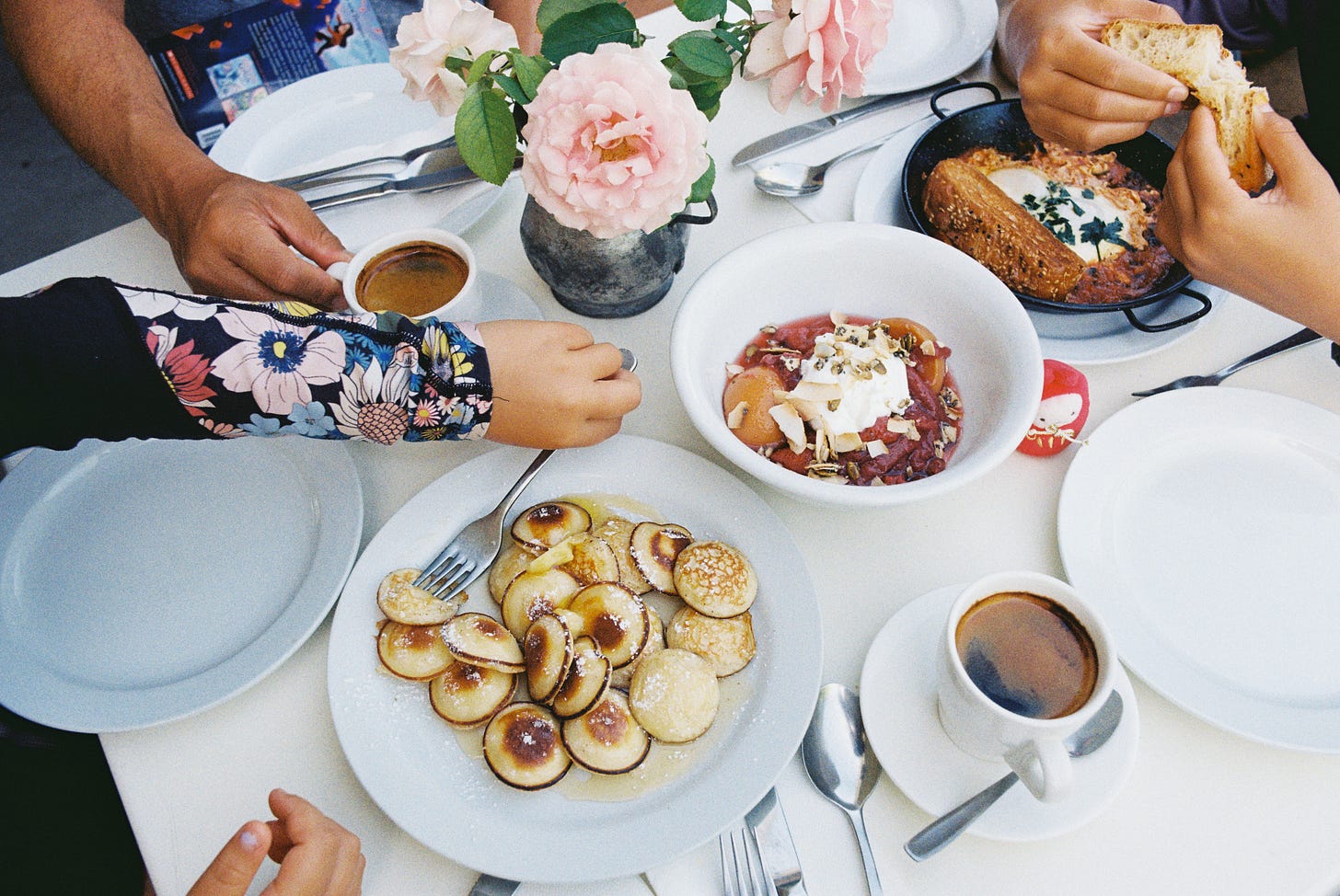

So beautifully written. I love hearing about all your stories and adventures. Please come back!!!
Transporting and whimsical!! Worth the wait. I'm DESPERATE for the Hungary episode.